Record Number of Huskies Pursuing PEAK Projects This Spring
Undergraduate Research and Fellowships has seen unprecedented interest in the PEAK Experiences Awards so far this year, with record numbers of excellent faculty-mentored student projects being proposed at all levels. After a careful review, we are proud to share the names of those students who have earned this highly competitive award to conduct research and creative projects from across the disciplines this spring. Congratulations to these Huskies and their dedicated mentors.
BASE CAMP AWARDS
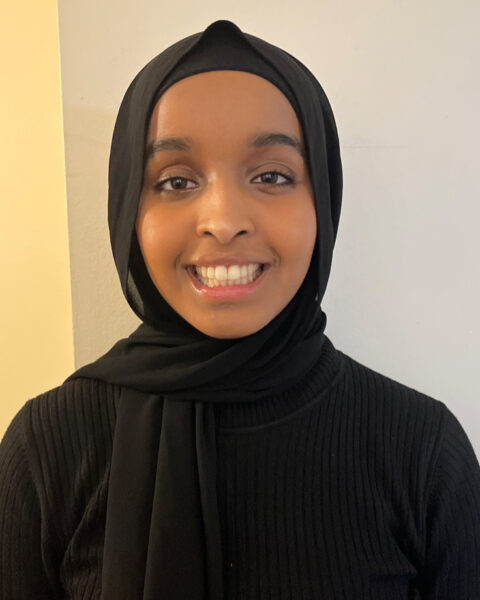 Designing and Testing A Microfluidic Model of Vascularized DIPG Tumors
Designing and Testing A Microfluidic Model of Vascularized DIPG Tumors
Awardee(s): Amina Abdirahman COS’26
Mentor: Cynthia Hajal, COE, Mechanical & Industrial Engineering
Diffuse intrinsic pontine glioma, a malignant pediatric tumor forming in the brainstem, is dubbed a “death sentence”. To understand DIPG, replicating a DIPG specific model of its microenvironment will help to understand the role that certain components have on the progression of cancer in a patient and drug delivery.
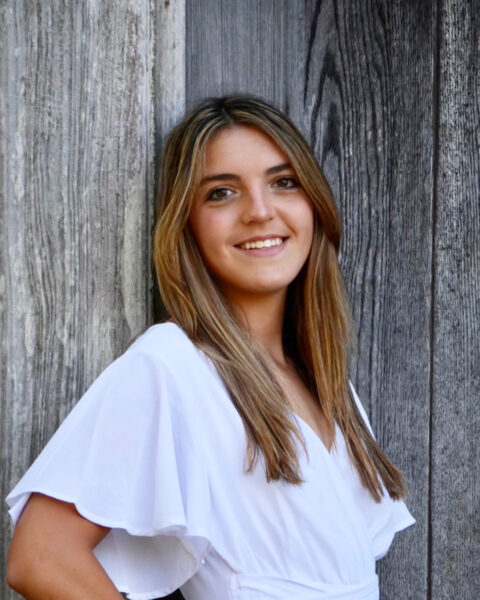 Investigating Self-Reported Effort on Auditory Assessments Amongst Healthy and Hearing-Impaired Populations
Investigating Self-Reported Effort on Auditory Assessments Amongst Healthy and Hearing-Impaired Populations
Awardee(s): Angela Bardino Bouvé’28
Mentor: Susanne Jaeggi, COS, Psychology
I am interested in investigating how self-reported effort differs between healthy and hearing-impaired individuals in multiple auditory assessments. Through data analysis, I seek to characterize the disparity between populations of different hearing abilities, thus helping future clinicians to better understand and support their patients who face hearing challenges.
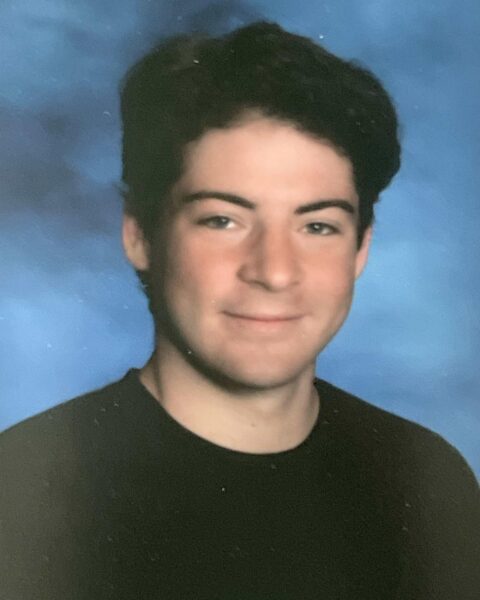 Dementia Rural Disparity
Dementia Rural Disparity
Awardee(s): Noah Brenman Bouvé’27
Mentor: Nasim Ferdows, Bouvé, Health Sciences
Our project aims to find dementia underreporting in rural older adult populations. We wish to utilize the CDC’s dementia mortality rates in combination with physician density, education, and race to show their role in the risk of dementia in rural areas.
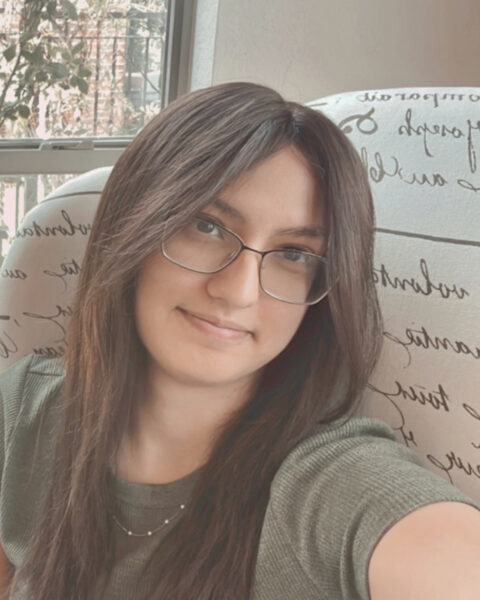 Socioemotional Experience and Neurodevelopment in Infants
Socioemotional Experience and Neurodevelopment in Infants
Awardee(s): Saniya Burman COS’26
Mentor: Laurel Gabard-Durnam, COS, Psychology
This project aims to study the influence of the environment on socioemotional neurodevelopment and understand how early adverse experiences impact learning and neuroplasticity in infants using neuroimaging techniques such as MRI and EEG.
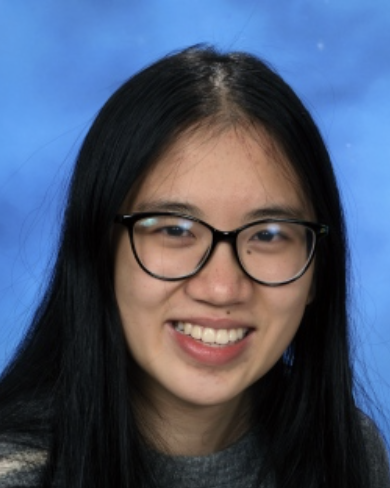 Cloning Phosphorylation Reporters to Support Protein Sensor Design
Cloning Phosphorylation Reporters to Support Protein Sensor Design
Awardee(s): Jana Chan COE’26
Mentor: Elizabeth Libby, COE, Bioengineering
Cloning is an important tool used in synthetic biology to edit, move, and amplify DNA, including specific genes or reporters. My project focuses on investigating the process of cloning phosphorylation reporters from its design, implementation, troubleshooting, and verification of results to support the engineering of synthetic protein phosphorylation sensors.
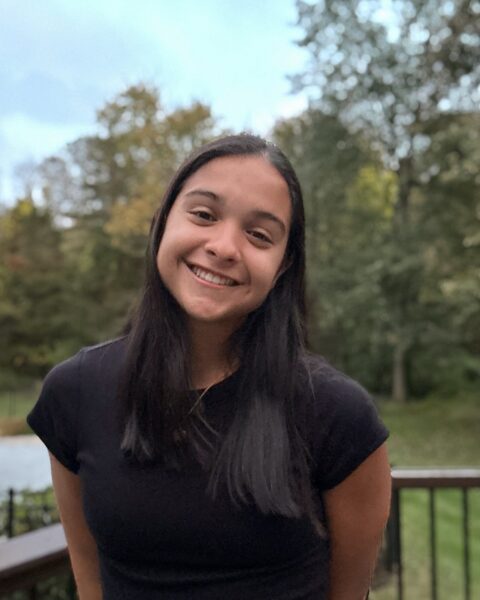 Uncovering the Microbiome of Northeastern’s Oldest Manuscript
Uncovering the Microbiome of Northeastern’s Oldest Manuscript
Awardee(s): Amanda Cinelli COE’27
Mentor: Erika Boeckeler, CSSH, English
The Dragon Prayer Book is Northeastern s oldest medieval manuscript, an embodiment of the past yet a living, breathing document today. Through a biological approach, this study aims to unveil the microbiome that has sustained this relic for centuries, utilizing non-destructive scientific procedures to collect samples, culture bacteria, extract DNA, and identify present species. This project spans many disciplines, pulling together analysis from historical, literary, and bioarchaeological research to foster a greater understanding and appreciation of this document.
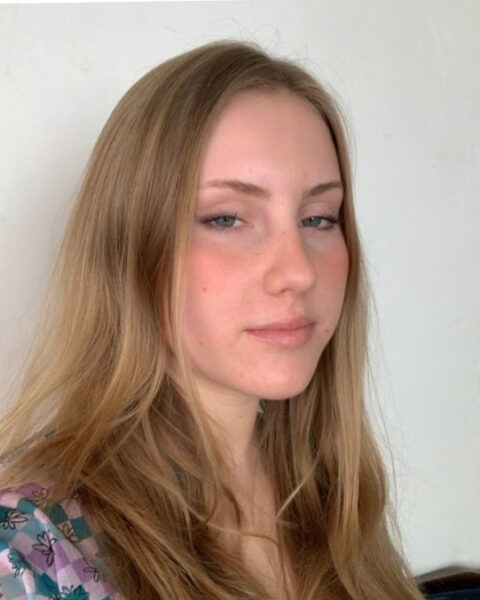 Updating the Impact of Redlining: Connecting the Past to the Present
Updating the Impact of Redlining: Connecting the Past to the Present
Awardee(s): Camille Fei CSSH’26
Mentor: Ramiro Martinez, CSSH, Criminology & Criminal Justice
This study will investigate the history of redlining in order to connect historical redlining data to modern issues of inequality.
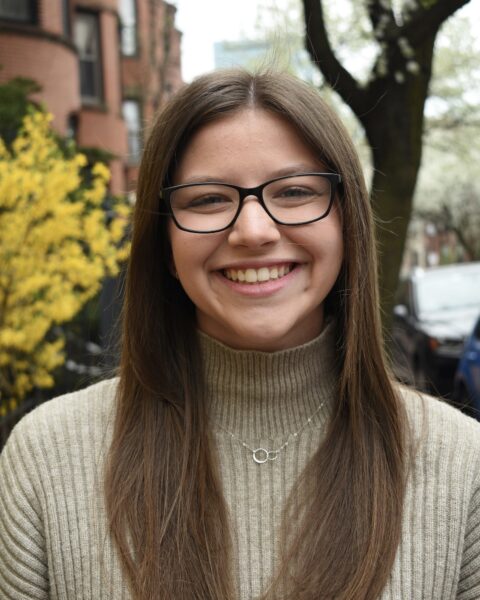 Electron Microscopy Advancements for Gum Disease Research: AI-Enhanced Segmentation of P. gingivalis in the Periodontal Ligament
Electron Microscopy Advancements for Gum Disease Research: AI-Enhanced Segmentation of P. gingivalis in the Periodontal Ligament
Awardee(s): Halley Friedman COS’25
Mentor: Sandra Shefelbine, COE, Bioengineering
This project, in collaboration with Tufts Dental School’s Naveh Lab, seeks to improve the analysis of electron microscopy data on P. gingivalis in the periodontal ligament. By building an AI, we aim to create a more efficient segmentation method for enhanced research on gum disease development.
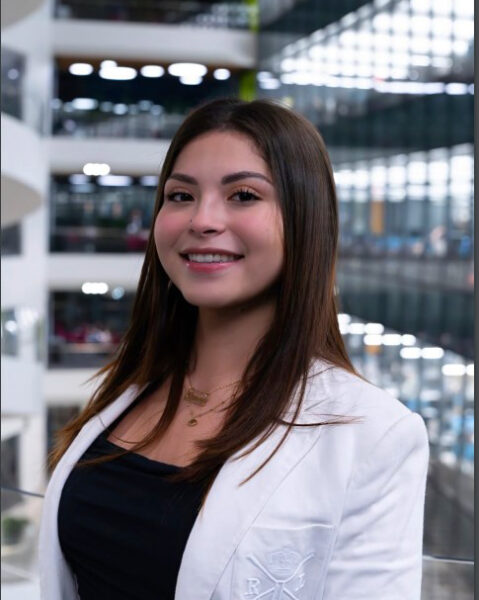 Investigating astrocytosis and microgliosis in a novel model of mild repetitive head injury
Investigating astrocytosis and microgliosis in a novel model of mild repetitive head injury
Awardee(s): Saray Gallo COS’26
Mentor: Craig Ferris, COS, Psychology
Yearly, an estimated 42 million people suffer from a mild traumatic brain injury. I aim to investigate biological markers of mild traumatic brain injury (mTBI). My goal is to enhance our understanding and contribute valuable findings to be presented at the RISE conference and submitted for the Society for Neuroscience.
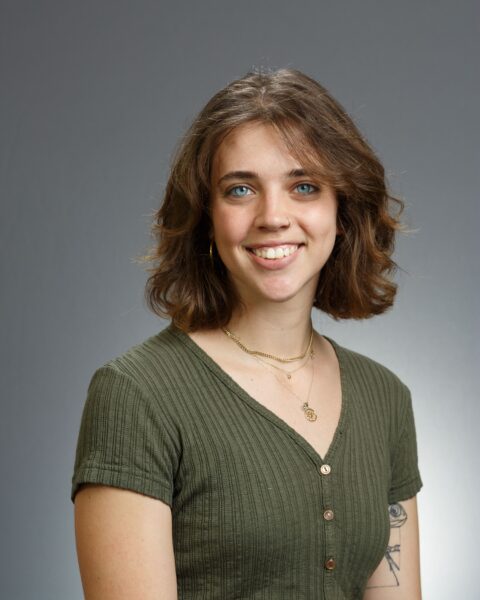 Immigration Policy in the US: An Investigation of 287(g) Policies
Immigration Policy in the US: An Investigation of 287(g) Policies
Awardee(s): Anna Gorham COS’24
Mentor: Danielle Crookes, CSSH, Sociology and Anthropology
This project is a literature review of immigration enforcement policy and its effects in several cities across the United States, focusing on laws that allow local law enforcement to act as federal immigration officers.
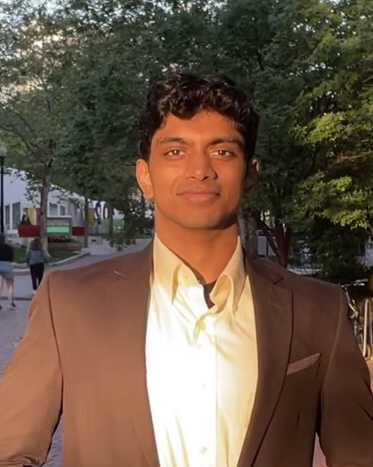 The Socioeconomic Factors Leading to Non-Emergent Patients in the Emergency Room
The Socioeconomic Factors Leading to Non-Emergent Patients in the Emergency Room
Awardee(s): Keshav Gowthaman COS’25
Mentor: Lichuan Ye, Bouvé, Nursing
I will be doing a literature review investigating multiple socioeconomic factors leading to high non-emergency patient cases in the Emergency Room. If we can figure out the reasons contributing to these non-emergent cases, we can potentially find a solution to minimizing patient volume and overcrowding in the ER.
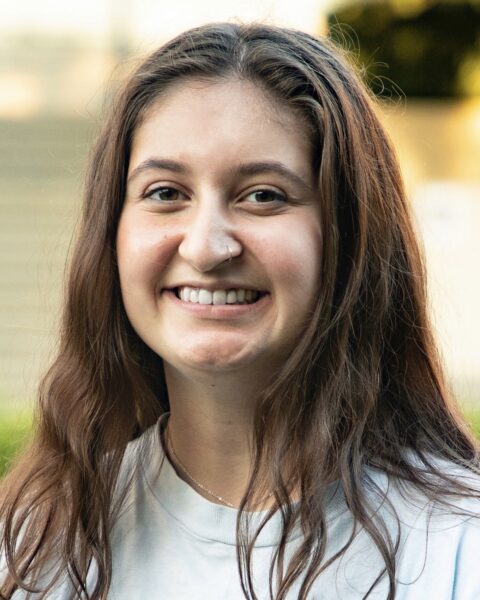 Antisemitism In American Media
Antisemitism In American Media
Awardee(s): Lila Hempel-Edgers CSSH’25
Mentor: Laurel Leff, CAMD, Journalism
I will be collaborating with a Northeastern University Professor in researching antisemitism within American media through both a historical and modern lens. Focusing on the journalistic history of major news organizations, I will be analyzing the influential role that journalism plays in shaping and perpetuating antisemitism.
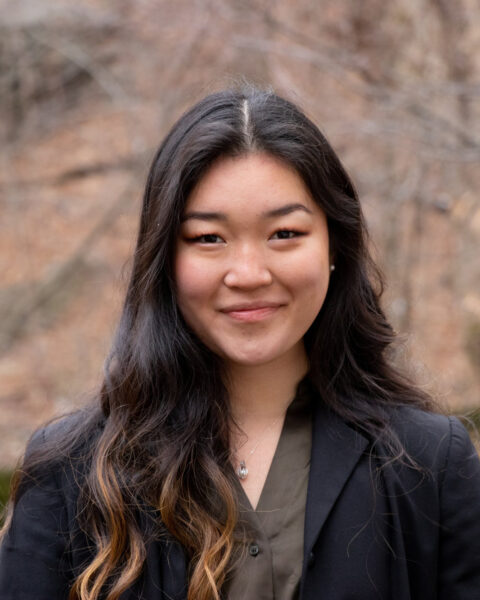 The Commute Short Film Environment Modeling
The Commute Short Film Environment Modeling
Awardee(s): Elizabeth Hwang Khoury’24
Mentor: Bill Stout, CAMD, Art and Design
The Commute is a short film featuring Bob, the wingless angel. Bob’s house is mid-century modern, made up of elegant curvature in the walls, windows, furniture, etc. Polygonal modeling is fundamentally sharp angled. The challenge is to create elegant roundness through subdivision modeling, in the style embraced by Pixar.
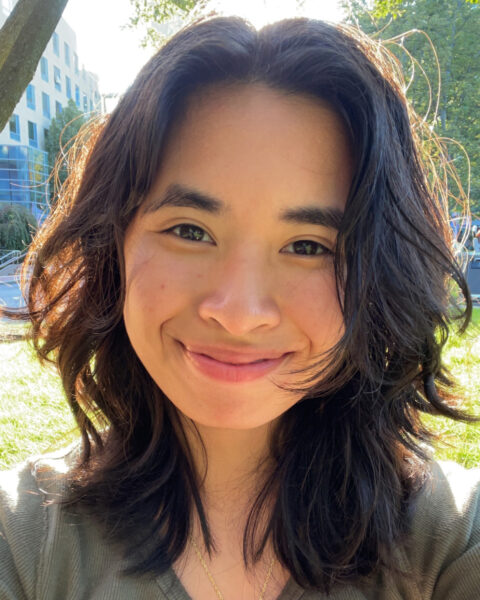 Investigating Cell Culture Coatings and Fluid Properties for Optimizing Flow in Nerve-Artery OoCs
Investigating Cell Culture Coatings and Fluid Properties for Optimizing Flow in Nerve-Artery OoCs
Awardee(s): Julia Inayan COE’26
Mentor: Ryan Koppes, COE, Chemical Engineering
As cardiovascular diseases remain the leading cause of death, it is important to investigate methods and treatments to remedy this issue. In this project, we look to nerve-artery organs-on-chips for developing solutions as they have physiologically relevant and versatile modeling capabilities. To support the utility of nerve-artery organs-on-chips in modeling the cardiovascular environment, the relationship of viscosity and density with temperature will be analyzed. Additionally, three types of gel coatings and an uncoated control will be tested to see which maintains the optimal cell adhesion and viability under vascular flow.
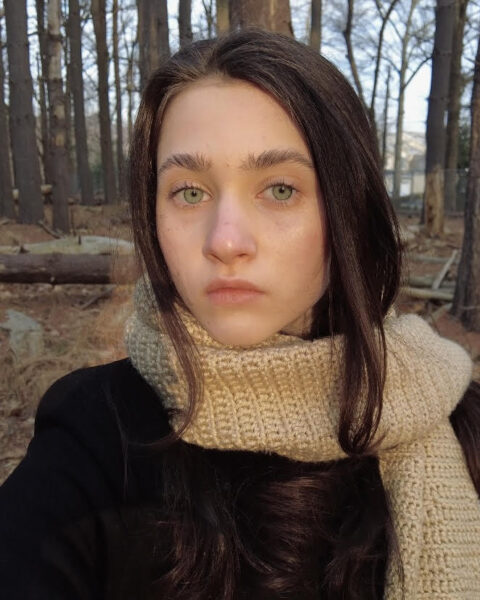 Operando Raman Spectroscopy of Battery Electrodes
Operando Raman Spectroscopy of Battery Electrodes
Awardee(s): Grace Jansen COE’27
Mentor: Joshua Gallaway, COE, Chemical Engineering
This project focuses on the development of rechargeable Zn-MnO2 alkaline batteries through the addition of bismuth to the battery cathode. This battery chemistry would serve as a safer, cheaper alternative to lithium ion batteries. Raman spectroscopy is being used to better understand the mechanism through which bismuth enables rechargeability.
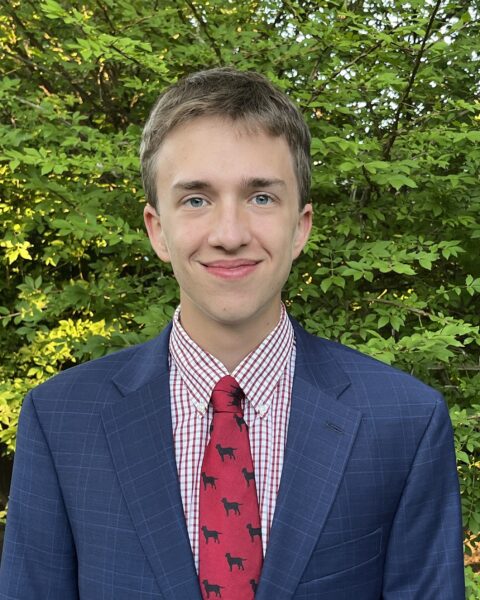 Tobacco Control: Marrying Public Health and Urban Planning
Tobacco Control: Marrying Public Health and Urban Planning
Awardee(s): Timothy Martin Bouvé’26
Mentor: Miki Hong, Bouvé, Health Sciences
This study centers on the analysis of comprehensive plans to quantify the effectiveness of tobacco-free language in towns and cities throughout the State of California. Based on our findings, we will provide future recommendations for public health endeavors to reduce tobacco use through urban planning. In addition to presenting at Northeastern’s Inclusive Impact Innovation (I3) Fund this fall, researchers plan to present at a variety of public health conferences, such as the National Conference on Undergraduate Research.
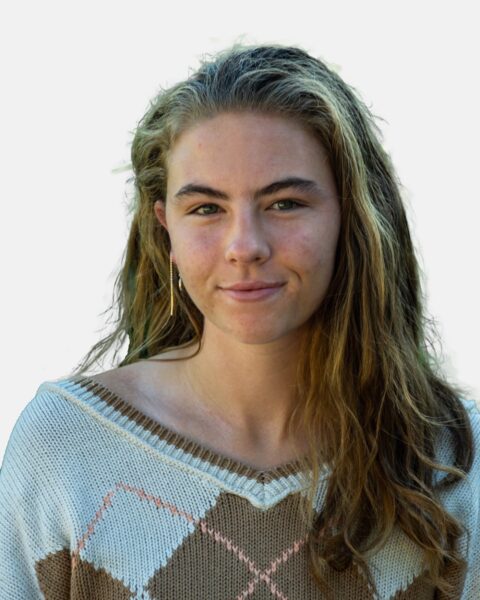 The Assessment and Training of Cognitive Function
The Assessment and Training of Cognitive Function
Awardee(s): Ariana Mechem COS’26
Mentor: Susanne Jaeggi, COS, Psychology
We aim to validate the use of hearing and memory tasks in assessing and training cognitive function in older adults. Through my research, I hope to better understand the efficacy of brain games in improving cognition using enhanced knowledge of cognitive impairment assessments, data collection, and cognitive diversity.
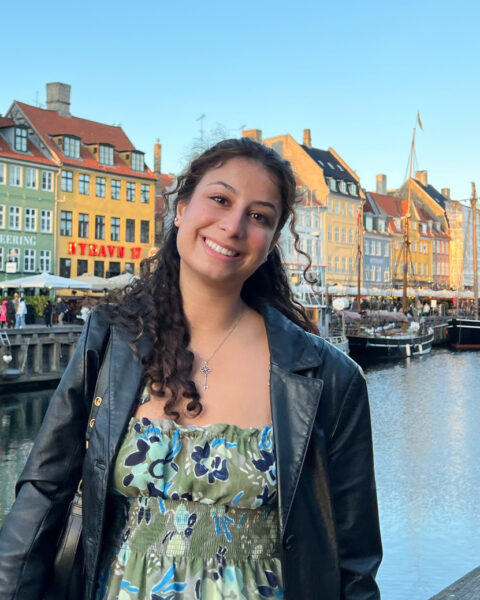 The Intersection of Climate Change and Public Safety in Criminal Justice Through Research Guides
The Intersection of Climate Change and Public Safety in Criminal Justice Through Research Guides
Awardee(s): Nicole Messih Bouvé’25
Mentor: Leo Beletsky, Bouvé, Law and Public Policy
The goal of this project is to explore the intersection of the U.S. criminal justice system and the climate change crisis. This field of work faces the consequences of climate change through their settings and roles. Criminal justice personnel are often the ones on the front lines of natural disasters and other extreme results of climate change. This project has done extensive research on exploring the challenges that are faced and preparedness in this field. Through research guides that will be distributed in this field, the goal is to raise awareness of this intersection and address the challenges faced.
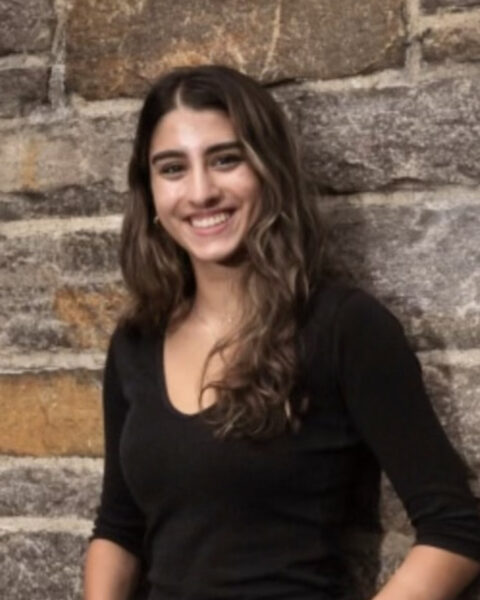 Psychiatric Multimorbidity in Older Adults with Atrial Fibrillation: Exploring Prevalence, Impact on Oral Anticoagulant Use, and Influencing Factors for Improved Health Outcomes
Psychiatric Multimorbidity in Older Adults with Atrial Fibrillation: Exploring Prevalence, Impact on Oral Anticoagulant Use, and Influencing Factors for Improved Health Outcomes
Awardee(s): Sophia Mohomedally Bouvé’26
Mentor: Benita Bamgbade, Bouvé, Pharmacy & Health Systems Sciences
This research will focus on depression, anxiety, and cognitive impairment that often coexist in older adults with atrial fibrillation, impacting health outcomes like medication adherence and quality of life. Also, it aims to explore prevalence, effects on oral anticoagulant use, and factors influencing success, identifying intervention targets for improved health.
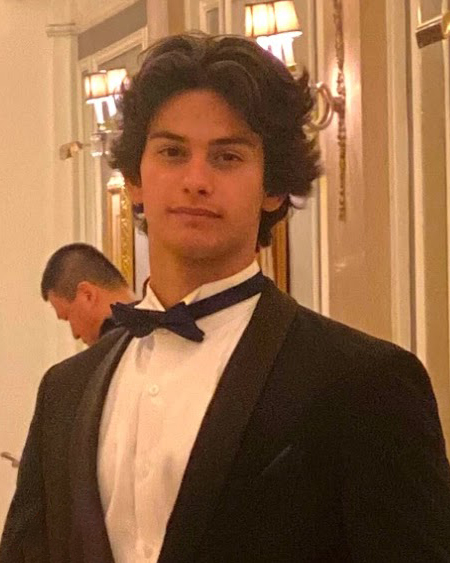 Using NAMD and AMBER for Comprehensive Molecular Dynamics Simulations of the Membrane Proteins in HIV, SARS, and Influenza
Using NAMD and AMBER for Comprehensive Molecular Dynamics Simulations of the Membrane Proteins in HIV, SARS, and Influenza
Awardee(s): Thomas Mourier COE’28
Mentor: Srirupa Chakraborty, COE, Chemical Engineering
Understanding the dynamics of the proteins shielding the HIV, SARS, and Influenza viruses. Searching for common differences to predict effective immunogenic reactions. Short-term deliverable consisting of a manual to use both AMBER and NAMD in combination to perform Molecular Dynamics simulations on any glycoprotein.
 Assessing the Digital Divide in Massachusetts through Data Modeling
Assessing the Digital Divide in Massachusetts through Data Modeling
Awardee(s): Pooja Prabu Khoury’26
Mentor: Eric Gerber, Khoury, Data Science
I plan to collect and analyze zip code-level data pertaining to education, broadband access, and income. With this data we hope to evaluate the relationship between these three realms.
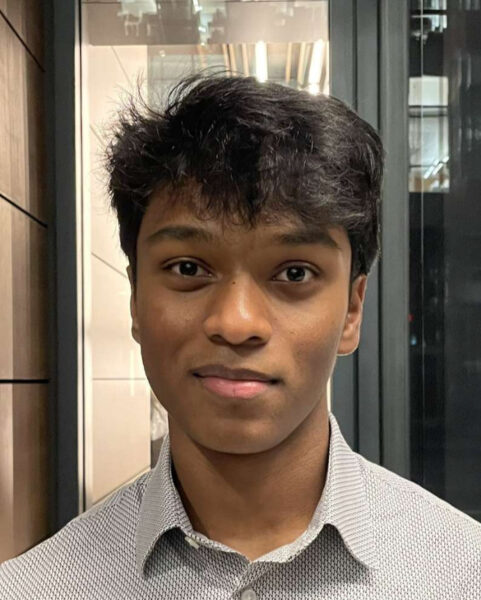 Development of a Coil Loop Antenna for an Optical Microresonator
Development of a Coil Loop Antenna for an Optical Microresonator
Awardee(s): Abhiram Pulavarthi COE’26
Mentor: Soner Sonmezoglu, COE, Electrical and Computer Engineering
This project will produce a mm-scale antenna that can convert electromagnetic energy into a voltage that will be applied to an optical microresonator. The device will help more accurately track the location of catheters in the body.
 The Effects of UBC9 during Sumoylation of the Kir2.1 Channel
The Effects of UBC9 during Sumoylation of the Kir2.1 Channel
Awardee(s): Sophie Pyrah COS’26
Mentor: Leigh Plant, Bouvé, Pharmaceutical Science
The Plant lab has published work to suggest that an enzyme called UBC9 changes the activity of heart muscle cells in ischemic disease. This project is designed to test if this interaction can be used as a drug target for ischemic heart disease and cardiac hypoxia.
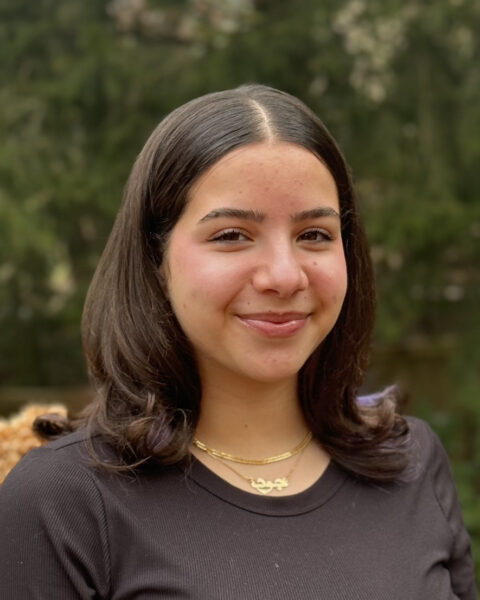 Salus Populi Evaluation
Salus Populi Evaluation
Awardee(s): Joud Rai COS’27
Mentor: Katherine Hazen, CSSH, Applied Psychology
On the Salus Populi project, my role will consist of working on the development of the judicial education program, alongside providing evaluation of the program through quantitative and qualitative research methods.
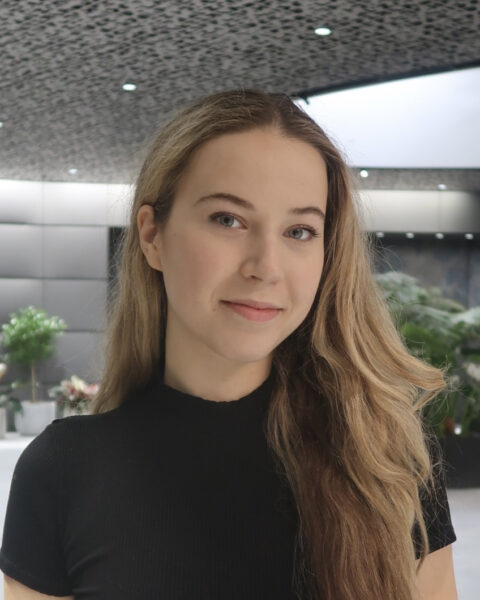 Miami Dade County Historical Redlining Project
Miami Dade County Historical Redlining Project
Awardee(s): Katrina Shonka Khoury’26
Mentor: Ramiro Martinez, CSSH, Criminology & Criminal Justice
This project plans to investigate the historical context of redlining and its impact on drug overdose fatalities, with a focus on the disparities it fostered among different social strata and racial and ethnic minority groups. Through data analysis, it will reveal the correlations between redlining practices and public health outcomes.
 3D Modeling for a Short Film – The Commute
3D Modeling for a Short Film – The Commute
Awardee(s): Annabelle Sun CAMD’26
Mentor: Bill Stout, CAMD, Art and Design
The project I am undertaking involves 3D modeling for a short animated film about a wingless angel named Bob tackling the hassles of his commute while trying to make it to work on time. I will be modeling the main character’s home, which includes modern architecture and elegant curves.
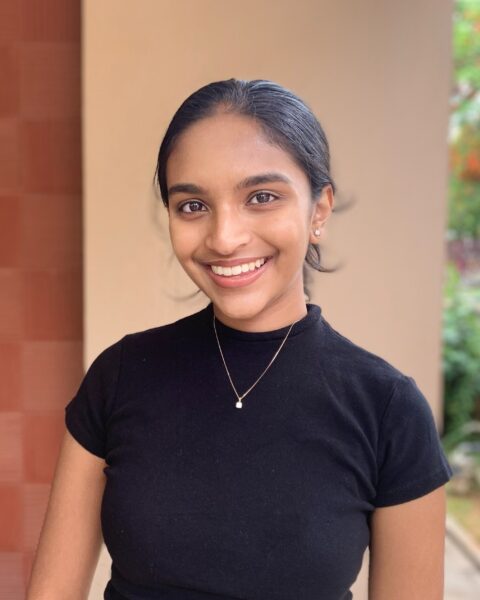 Effect of Manipulating cTMS Waveforms on FDI, ABP, and ADM Muscle Responses
Effect of Manipulating cTMS Waveforms on FDI, ABP, and ADM Muscle Responses
Awardee(s): Aditi Swamy COS’27
Mentor: Mathew Yarossi, Bouvé, Physical Therapy/Movement/Rehabilitation Science
Transcranial Magnetic Stimulation (TMS) is a technique that uses a magnet to stimulate neurons in the brain and evoke a muscle response. The project I am working on looks at manipulating controllable pulse TMS (cTMS) parameters to investigate corticospinal responses and improve targeted therapy for neurological conditions.
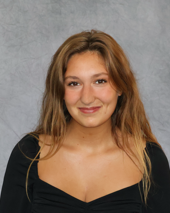 The Climate and Public Safety (Caps) Project
The Climate and Public Safety (Caps) Project
Awardee(s): Allison Tarbotton Bouvé’26
Mentor: Leo Beletsky, Bouvé, Health Sciences
Climate disasters and environmental degradation are worsening in severity. The U.S. criminal justice system (CJS) is positioned to absorb much of this impact. We are synthesizing research on this intersection into resource banks to mainstream awareness and catalyze policies supporting the CJS in mitigating and adapting to these ecological crises.
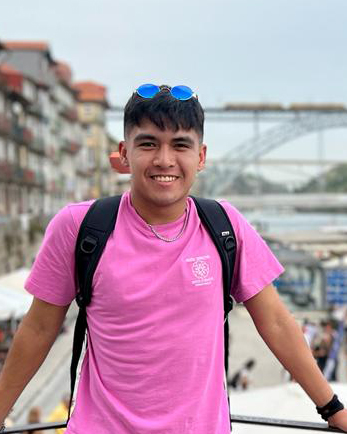 Optimization of Brucite Precipitation through Seawater Electrolysis in a Flow-through System
Optimization of Brucite Precipitation through Seawater Electrolysis in a Flow-through System
Awardee(s): Mark Teh COS’26
Mentor: Justin Ries, COS, Marine & Environment Sciences
Mineral carbonation, a chemical process involving the reaction of CO 2 -bearing fluids with silicate materials or oxides/hydroxides to form carbonate minerals, offers great potential for meeting carbon-capture needs since it is both thermodynamically favorable and scalable. While the electrochemical precipitation of brucite, magnesium hydroxide, is foundationally understood, virtually nothing is known regarding the conditions required for maximizing material production yields. This study, therefore, seeks to not only quantify brucite yields across a broad range of temperatures, voltages, and current values, but also analyse chemicophysical changes during mineral maturation via optical and electron microscopy and powder X-ray diffraction.
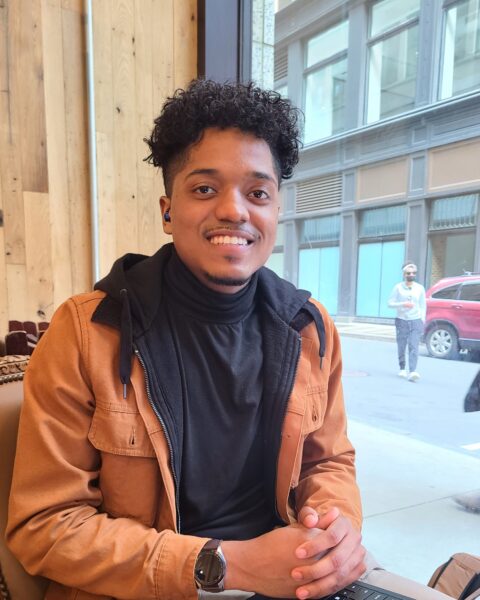 Unraveling the Role of Bacterial Pigments in UV Protection
Unraveling the Role of Bacterial Pigments in UV Protection
Awardee(s): Marcello Twahirwa COS’25
Mentor: Yunrong Chai, COS, Biology
Our research explores the protective abilities of bacteria from the UV-rich Atacama Desert. Utilizing isolation, UV exposure experiments, and genetic analysis, we aim to unravel the mechanisms behind bacterial pigments’ UV resistance. Anticipated outcomes include the identification of genes associated with pigmentation and UV resistance, providing insights into microbial resilience. Results will be shared through platforms, like GenBank, and at the Boston Bacterial Meeting, contributing insights and potential applications in environmental science and biotechnology.
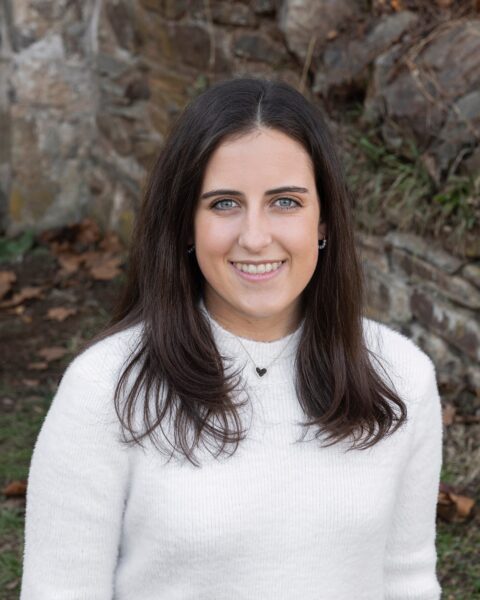 Naming in Noise
Naming in Noise
Awardee(s): Lily White Bouvé’24
Mentor: Erin Meier, Bouvé, Communication Sciences & Disorders
In this project, we aim to understand how different types of background noise impact spoken language production and brain function in older adults with and without aphasia. Aphasia affects an individual’s ability to understand or produce language, difficulties that could be heightened in the presence of everyday noisy environments.
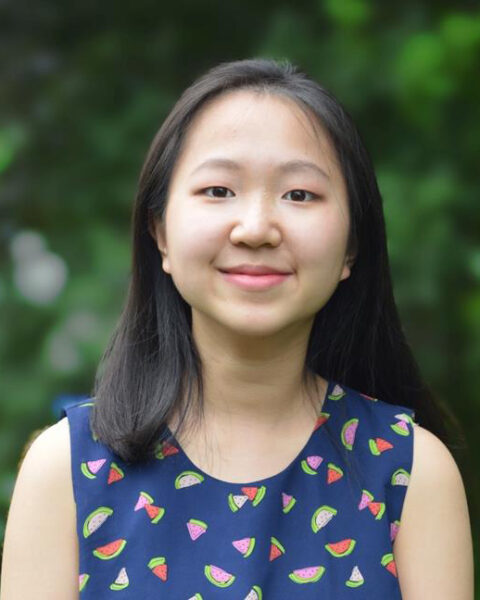 Normalization and Analysis of Nature-based Solutions Impact on Water Security
Normalization and Analysis of Nature-based Solutions Impact on Water Security
Awardee(s): Stephanie Xu Khoury’26
Mentor: Peter Dennedy-Frank, COE, Marine & Environment Sciences
This project aims to fill in knowledge gaps about the effect of nature-based solutions on water availability and security. It draws upon existing ecological data to analyze the impacts of ecosystem service improvements on water availability, revealing new insights on their impact on the hydrological cycle and water security.
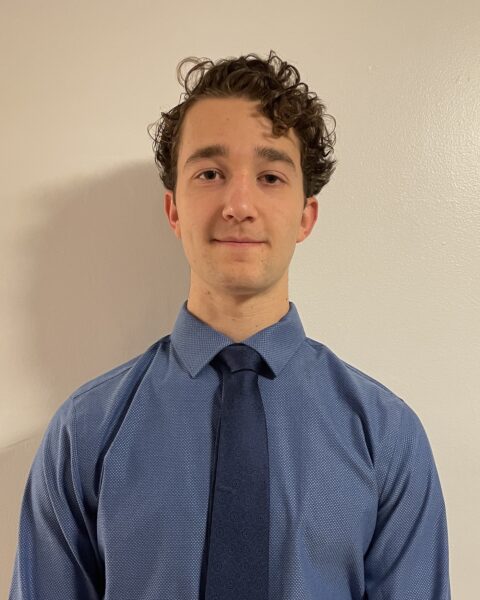 Simulating the Evolving Dynamics of the Hemagglutinin Protein
Simulating the Evolving Dynamics of the Hemagglutinin Protein
Awardee(s): Alexander Zambrowski COE’26
Mentor: Srirupa Chakraborty, COE, Chemical Engineering
The dynamics of a viral surface protein of influenza will be simulated from different strains of the influenza virus to determine how the molecular dynamics of binding-site shielding change over time.
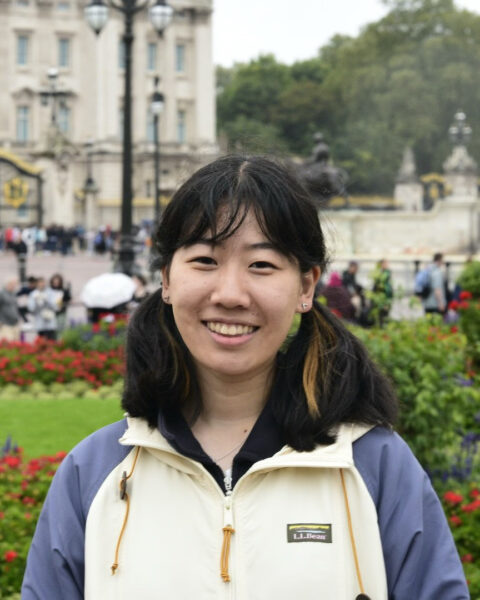 Historic Epidemics in American Cities
Historic Epidemics in American Cities
Awardee(s): Vivian Zhao COS’26
Mentor: Sara Carr, CAMD, Architecture
This project explores the relationship between built and natural systems in the context of public health. It reflects on historic urban epidemics and evaluates their impacts through the social and architectural determinants of health.
ASCENT AWARDS
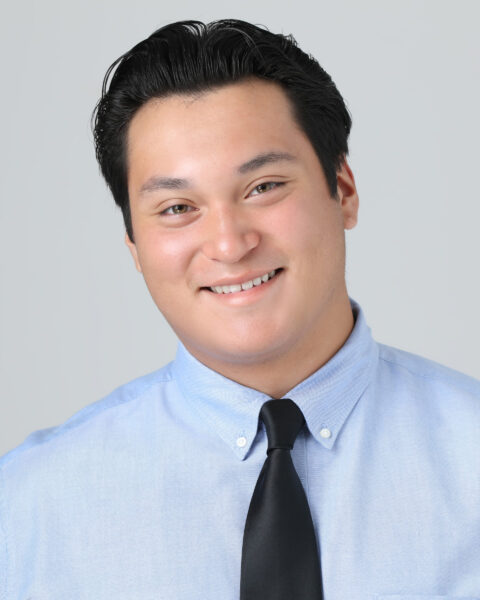 Modal Analysis of Brain Deformation: Investigating Natural Vibration Modes of Brain Mechanics
Modal Analysis of Brain Deformation: Investigating Natural Vibration Modes of Brain Mechanics
Awardee(s): Diego Acosta COE’25
Mentor: Rouzbeh Amini, COE, Mechanical & Industrial Engineering
Everyday vibrations arise from common sources such as vehicles, machinery, audio devices, and even footsteps. These unnoticed occurrences form our daily environment and are crucial considerations in fields like biomechanics. Exploring the unknown effects on the brain as a result of surrounding vibrations while considering variables such as age and head size is the focus of my study. Computational tools will be used to uncover how the brain reacts to different vibration frequencies. This research will enhance our understanding of how vibrations impact the brain, for specifics such as injury dynamics but also how vibrations impact the human brain generally.
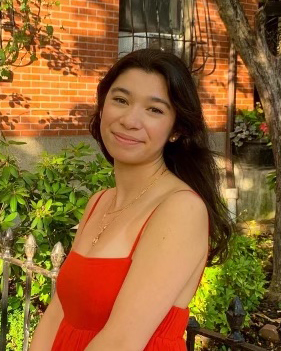
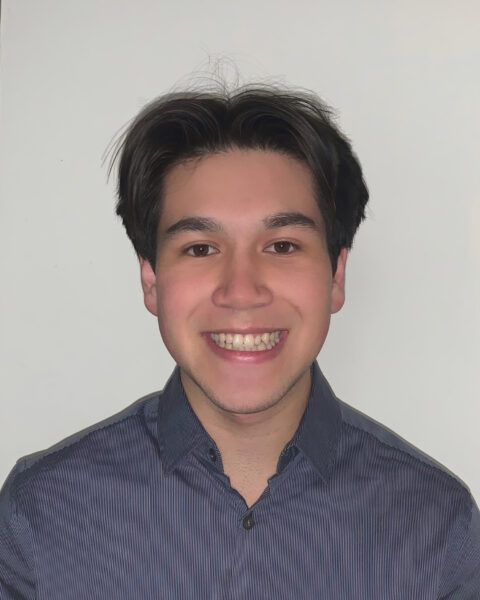 Single-Cell Framework for Examining Genetic Dependencies in Autoimmune Disorders
Single-Cell Framework for Examining Genetic Dependencies in Autoimmune Disorders
Awardee(s): Melis Akinci Khoury’24 & Joseph Entner Khoury’24
Mentor: Prof. Anne van de Ven-Moloney, COS, Physics
We will perform computational analyses on single-call RNA-seq data collected, allowing us to explore the intricacies of autoimmune disorders. The single-cell analysis provides an in-depth outlook of the genetic mechanisms driving these diseases, revealing nuances that were previously inaccessible. Using a cross-disease analysis, we will identify unique molecular patterns linked to different autoimmune diseases, aiding in precise diagnosis and treatment development. Through these analyses, we can uncover the connections among various autoimmune disorders and start to grasp and emphasize their molecular foundations and immunological processes within immune system regulation.
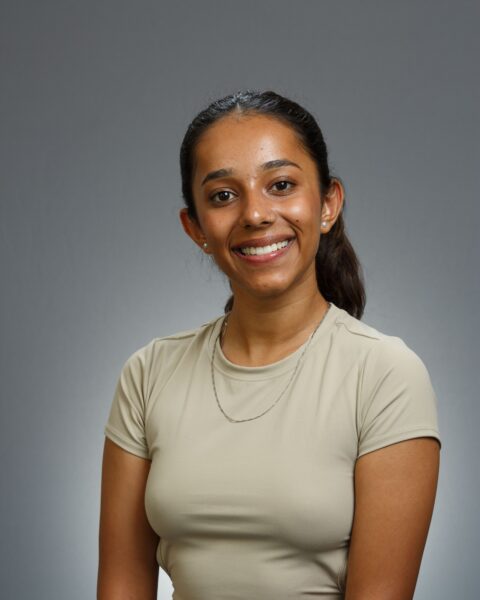
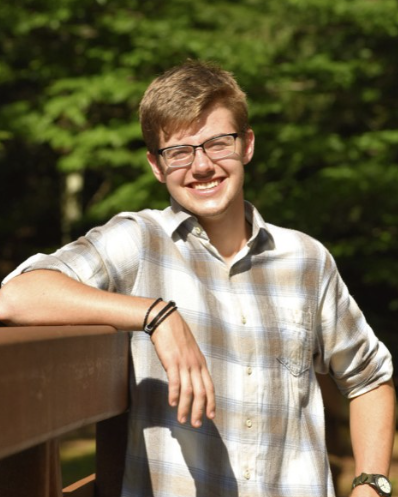 Investigating the Effects of Bioslurry Digestate on Kale Crop Phenology and Soil Fertility
Investigating the Effects of Bioslurry Digestate on Kale Crop Phenology and Soil Fertility
Awardee(s): Dhwani Bhatt COE’27 & Caleb Hagner COE’27
Mentor: Annalisa Onnis-Hayden, COE, Civil & Environmental Engineer
This research will investigate the potential of bioslurry, a product from functional biogas systems, to enhance crop germination and soil fertility for agricultural practices in a rural Ugandan school. The project will continue previous research estimating biomethane potential of the school’s food waste via anaerobic digestion while studying the impact of using bioslurry from the biodigestor to fertilize crops. It will compare the effects of bioslurry applications and commercial compost and fertilizer on kale phenology and soil fertility. Results will provide deeper technical insights into optimizing the utilization of a biogas system at Sadhguru school through the repurposing of its bioslurry.
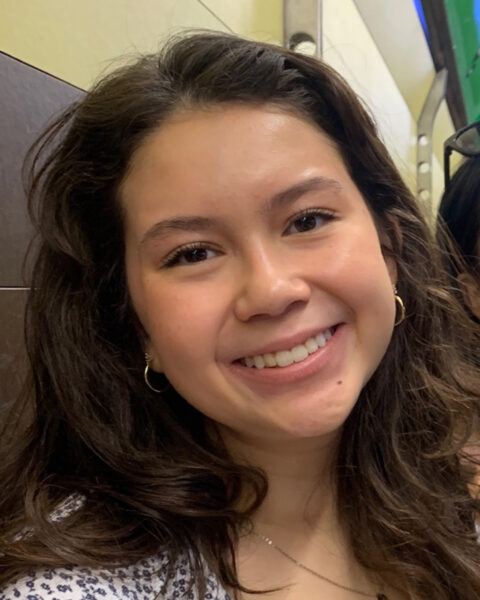 Exploring the Influence of Glucose Levels on C. Elegans Gut Microbiome Selection
Exploring the Influence of Glucose Levels on C. Elegans Gut Microbiome Selection
Awardee(s): Nicha Bruce COE’26
Mentor: Erel Levine, COE, Bioengineering
This project will investigate how dietary glucose levels influence the gut microbiome in the model organism C. elegans. Anticipated outcomes include identifying diet-associated changes in microbiome composition, with potential applications in diabetes management. By rearing worms on varying glucose diets and employing a custom microfluidic chip for imaging through fluorescent microscopy, the impact of glucose on microbiome selection can be studied and quantified. Results will be presented at RISE and shared with collaborating labs, fostering broader understanding and future research advancements in host-microbiome interactions.
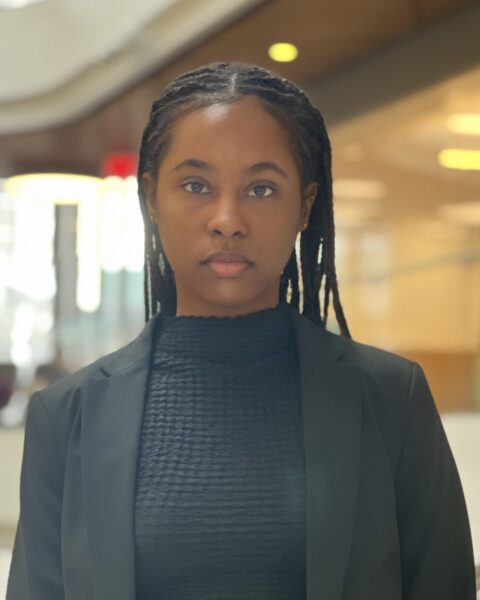 Implementing Qubit Coupled Cluster Algorithms for Enhanced Electronic Structure Calculations on a Qu
Implementing Qubit Coupled Cluster Algorithms for Enhanced Electronic Structure Calculations on a Qu
Awardee(s): Kianna Cabral COS’24
Mentor: Sijia Dong, COS, Chemistry & Chemical Biology
In order to harness the immense computational power of quantum computers, many of the problems in fields such as chemistry and physics need to be adapted to the language and the current capacity of quantum computers. This project offers to extensively study, implement, and benchmark Qubit Coupled Cluster Algorithms, a dimensionality reduction method, on a quantum computer. The objective is to enable electronic structure calculations for large, complex molecular systems, crucial in pharmaceuticals and the semiconducting industry. The results of this research will inform future dimensionality reduction algorithms and will be presented at various conferences.
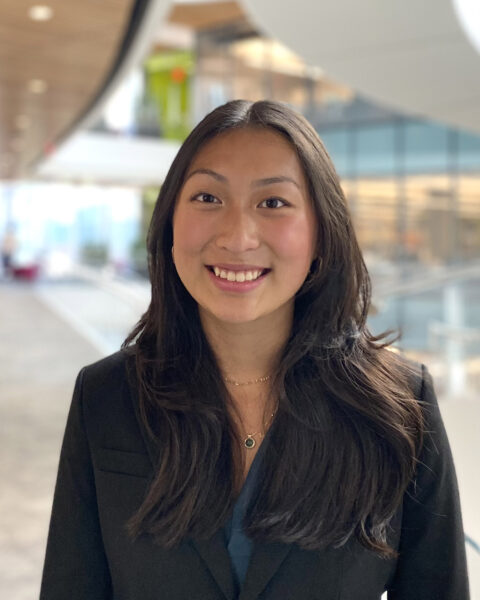 GelMA and Hyaluronic Acid as a 3D Matrix for Central Nervous System Cell Culture
GelMA and Hyaluronic Acid as a 3D Matrix for Central Nervous System Cell Culture
Awardee(s): Iris Chang COS’26
Mentor: Abigail Koppes, COE, Chemical Engineering
Current methods used to study brainstem behavior in vitro rely on a collagen-Matrigel hydrogel. However, Matrigel varies from batch to batch, which introduces uncertainty and difficulty in replicating results. Hyaluronic acid is known to be a significant molecule found within the brain. This project seeks to assess the feasibility of using methacrylated gelatin plus hyaluronic acid to culture brainstems in 3D with the hopes of getting more physiologically relevant results. This is done in the hopes of modeling Parkinson’s disease through a microphysiological system, or organ-on-a-chip device.
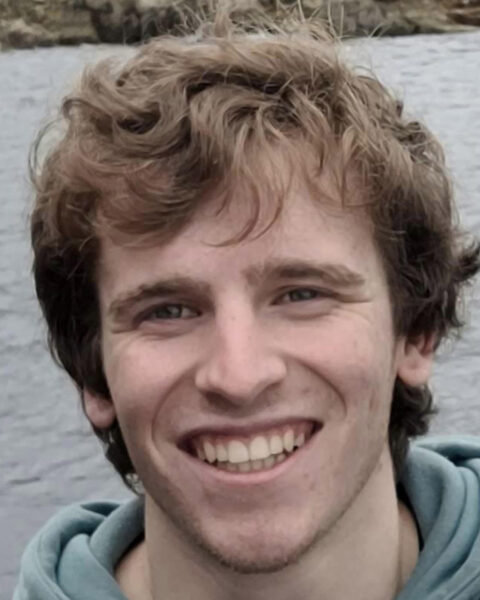 Subzero Liquid Chromatography for the Separation of Complex Deuterated Matrices for HDXMS
Subzero Liquid Chromatography for the Separation of Complex Deuterated Matrices for HDXMS
Awardee(s): Zachary Cohen COS’26
Mentor: Thomas Wales, COS, Chemistry & Chemical Biology
Hydrogen Deuterium Exchange Mass Spectrometry is a powerful analytical tool used to reversibly label proteins with deuterium, measure their mass, and elucidate their structures and dynamics. Proteins of interest are digested with proteases and separated using reversed-phase liquid chromatography prior to mass analysis. During a chromatographic run, deuterium-labeled proteins are exposed to water, and deuterium content is lost. At subzero Celsius temperatures, the rate of deuterium loss is slowed significantly. Using subzero liquid chromatography and long separation times, the ability to separate complex mixtures of proteins, such as human plasma, without unacceptable loss of deuterium label will be investigated.
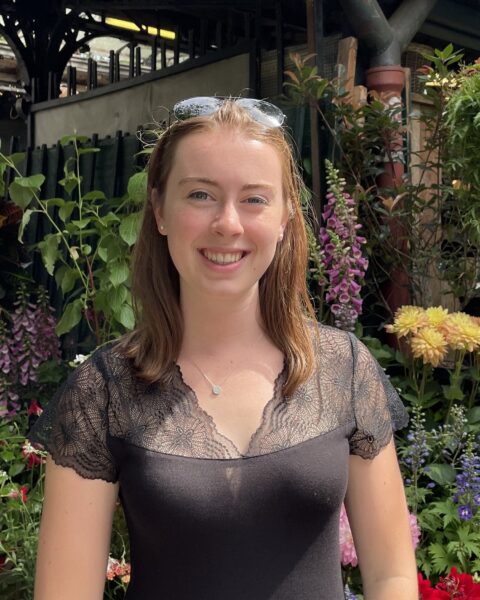 Ls2a: Characterizing a Novel Janthinobacterium Strain with Unique Traits for Survival
Ls2a: Characterizing a Novel Janthinobacterium Strain with Unique Traits for Survival
Awardee(s): Julia Colbert COS’24
Mentor: Yunrong Chai, COS, Biology
LS2A is a Janthinobacterium strand found in the Atacama Desert, Chile. Little is known about the strain other than its production of purple pigment called violacein and its affinity for harsh climates. It is our goal to conduct several tests to determine if 1.) this Janthinobacterium strain is a novel strain, 2.) to learn the relationship between violacein, pigment formation, and biofilm formation, and 3.) to better understand the antifungal properties of Janthinobacterium . Studying LS2A and the function of violacein will give us key insight into how Janthinobacterium behaves and have potential broader applications in the medical and pharmaceutical world.
 The Phygital Self: Social Media Content and Its Effects on Behavior, Identity, and Gender
The Phygital Self: Social Media Content and Its Effects on Behavior, Identity, and Gender
Awardee(s): Chloe Colipano DMSB’25
Mentor: John Wihbey, CAMD, Journalism
This project seeks to explore the phygital self: how the identities of young people are affected by social media content at an economic, cultural, and personal level. Identity lies at the intersection of both the physical and digital (phygital) world, and we are still attempting to understand how self-concept translates from the Internet. Through surveying, social listening, individual/group interviewing, and mobile ethnography, I aim to understand attitudes and perceptions of cultural complexities and identity constructions woven in social media feeds. I’d love to create a publication and present my work at an external conference in the near future.
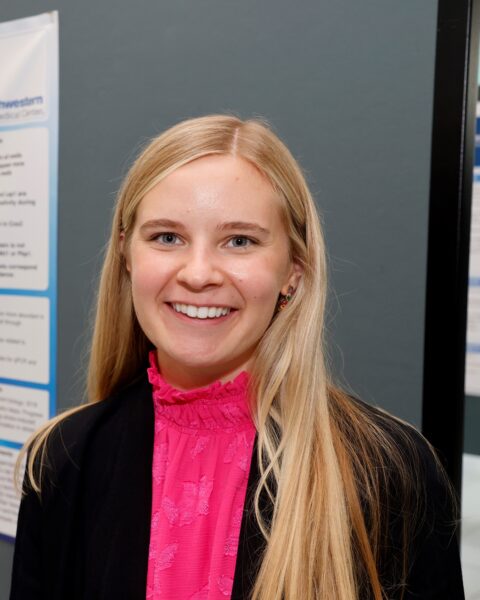 Genetic Suppressor Analysis of a Unique Resistance Protein in Acinetobacter Baumannii
Genetic Suppressor Analysis of a Unique Resistance Protein in Acinetobacter Baumannii
Awardee(s): Kate Corey COS’24
Mentor: Edward Geisinger, COS, Biology
The bacterium Acinetobacter baumannii poses an emerging threat to human health as a hospital-acquired pathogen that is highly antibiotic resistant. This project is designed to further understand methods of antibiotic resistance employed by A. baumannii . Previous research identified a unique lipoprotein that A. baumannii uses to control its cell envelope, which is a barrier to antibiotics. I will use genetic suppressor analysis to investigate the function of the lipoprotein, which may eventually help identify ways to improve antibiotic efficacy against A. baumannii . I plan to present my research findings at conferences this Spring, including RISE.
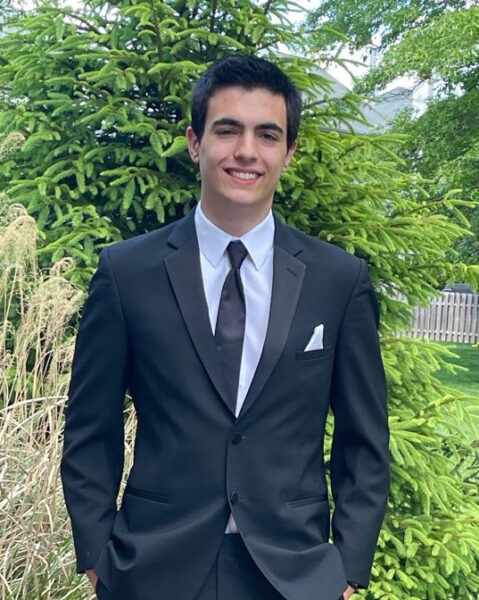 Desert Chroma Quest: Unraveling Pigmentation Genes in Atacama Bacteria through Secondary Metabolite
Desert Chroma Quest: Unraveling Pigmentation Genes in Atacama Bacteria through Secondary Metabolite
Awardee(s): Matteo Couto Frignani COE’25
Mentor: Yunrong Chai, COS, Biology
The project aims to unlock the genomic secrets of microorganisms in the Atacama Desert, focusing on metabolite discovery. It involves identifying and characterizing novel pigments expressed by bacteria through DNA purification and sequencing, and determining whether these provide protection within the desert climate. The method employs restriction enzymes to chop up bacterial DNA, and integrate the fragments into control bacteria. If the bacteria become pigmented, this means the insertion of a related gene is successful and can be sequenced for identification. We plan to disseminate our findings through presentations at RISE, as well as the Boston Bacterial Meeting in June.
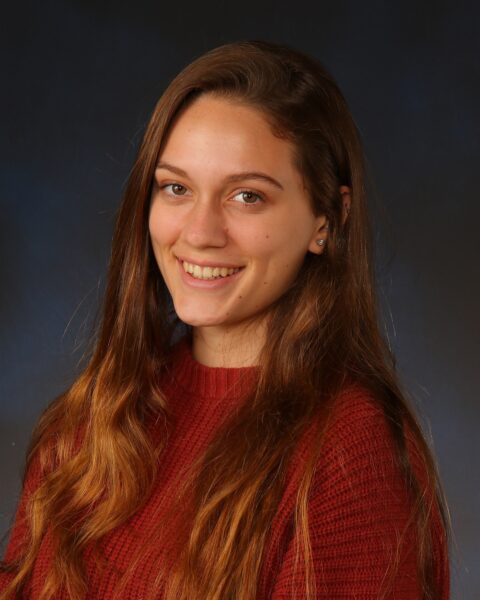 Association Between Speech Movements and Developmental Test Scores in 12-Month-Olds
Association Between Speech Movements and Developmental Test Scores in 12-Month-Olds
Awardee(s): Maria Ferreyra Bouvé’25
Mentor: Kristen Allison, Bouvé, Comm Sciences & Disorders
This project aims to determine whether there is an association between speech movements and global developmental test scores at 12 months of age. Of the 25 participants who have completed their 12 month session, eight produced enough babble to be included in this project. It will compare expressive and receptive language skills as well as neuromotor development with lip and jaw movements during babble to determine any correlation. Results will provide a preliminary analysis as to whether global development in the first year of life could be an indicator for speech delays.
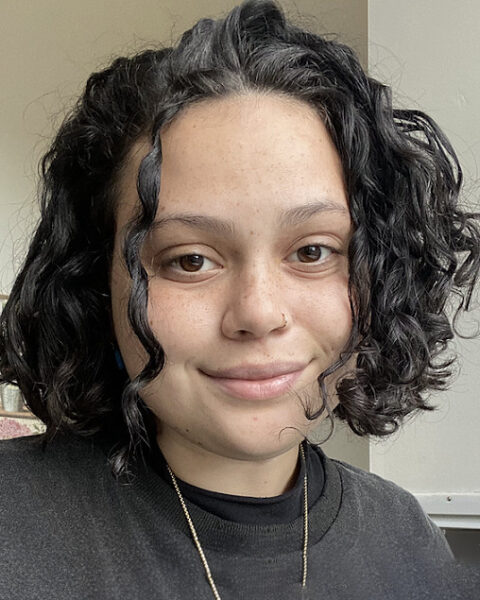
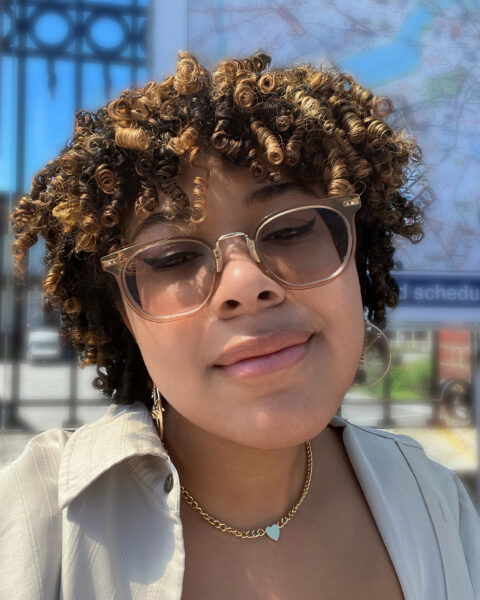 Anansi Tarot Deck
Anansi Tarot Deck
Awardee(s): Paige Gurstein CAMD’25 & Arielle Frey CAMD’24
Mentor: Clareese Hill, CAMD, African-American Studies
Paying tribute to Pamela Colman Smith, the overlooked illustrator of the famous Rider-Waite Tarot deck, this illustrated tarot deck revives her artistic legacy. Through reimagining the major arcana through Smith’s style, enriched by the Jamaican Anansi tales, this deck challenges the dominance of the white patriarchal perspective of Waite. The project explores the historical erasure of women of color, thoughtfully examining the intricacies of documenting deliberately marginalized figures. The project results in an illustrated tarot deck that bridges gaps of erasure through its creation, recognizing and honoring the knowledge production of women of color.
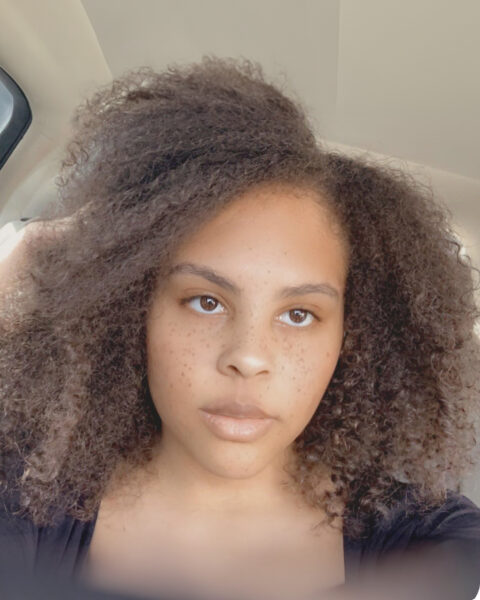 Understanding The Cancer Association of Mutations to ERK2
Understanding The Cancer Association of Mutations to ERK2
Awardee(s): Julianna Holley COS’25
Mentor: Mary Jo Ondrechen, COS, Chemistry & Chemical Biology
Extracellular signal-regulated kinase 2 (ERK2) is involved in cellular signaling and is key player in the control of cell proliferation. Mutations in ERK2, which may result from environmental mutagens, are known to be associated with multiple types of cancer. When not phosphorylated, the wild-type ERK2 is inactive. However, some cancer-associated variants of ERK2 are known to be active even when not phosphorylated. This project studies the computed properties of the active amino acids in cancer-linked mutations of ERK2.
 Computational Modeling of Viral Glycan Shields: A Server-Based Approach for Analysis
Computational Modeling of Viral Glycan Shields: A Server-Based Approach for Analysis
Awardee(s): Nidhi Jadhav Khoury’26
Mentor: Srirupa Chakraborty, COS, Chemistry & Chemical Biology
This project endeavors to create a user-friendly website equipped with cutting-edge computational tools, aiming to model viral glycan shields. This glycan shield or sugar covering envelops viruses, making it difficult for antibodies to bind to viruses and break them down. The website will identify vulnerabilities in these shields, aiding the design of antibodies that target weak points. This project not only advances scientific understanding but also promotes accessibility and collaboration in the broader scientific community. The anticipated outcomes include a powerful web toolset and potential breakthroughs in vaccine development, all shared through presentations, publications, and collaborations with esteemed research institutions.
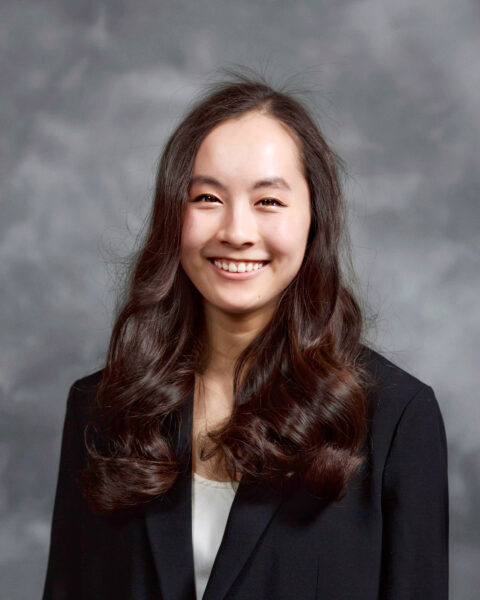
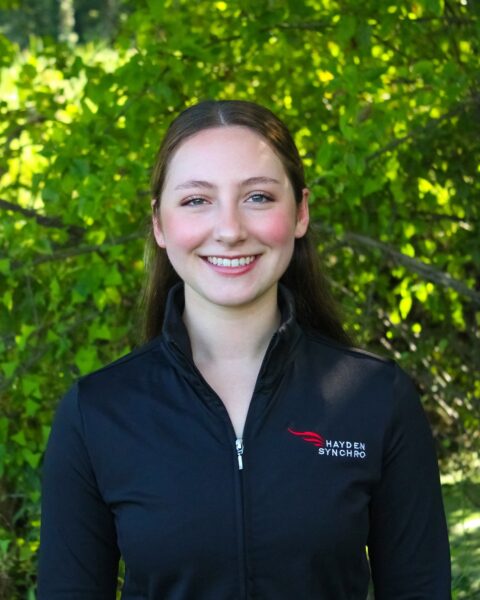 Early Childhood Mental Health Families Independence, Resilience, and Training
Early Childhood Mental Health Families Independence, Resilience, and Training
Awardee(s): Helen Ji COS’24 & Rose Hahn Bouvé’24
Mentor: Beth Molnar, Bouvé, Health Sciences
ECMH FIRST is a program aiming to improve mental health systems of care for young children and families involved with the Massachusetts welfare agency, using process-outcome evaluation to assess ECMH FIRST’s success. Interviews with participating agency leaders are conducted annually to assess the project’s evolution. Thematic analysis of data from 2020-2022 has found three themes: (1) ECMH FIRST has raised knowledge of ECMH, (2) impacted organizational responses to an ECMH crisis, and (3) increased support for staff regarding vicarious trauma. Suggested improvements included increasing understanding further and improving collaboration and communication across agencies involved in ECMH services.
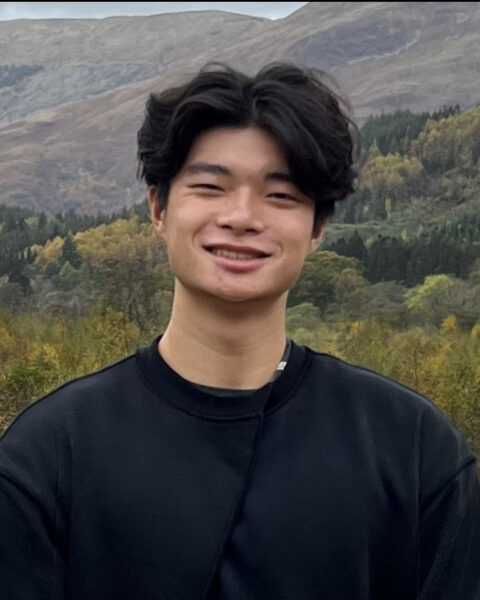 Validation of Protein Secretion through Epithelial Cells with Vibrio Cholerae Domain
Validation of Protein Secretion through Epithelial Cells with Vibrio Cholerae Domain
Awardee(s): Darren Kim COS’26
Mentor: Neel Joshi, COS, Chemistry & Chemical Biology
Traditional medications in treating inflammatory bowl diseases are unable to bypass the gut mucosa to the basal side of the epithelial. For the Spring 2024 semester, I am validating the translocation of a chimeric protein platform through the gut intestinal epithelial cells. Using the Cholix domain I from Vibrio Cholerae, I am validating the secretion of cholix (CHX) and a green fluorescent protein (GFP) in our cellular chassis E.coli Nissle 1917.Secretion assays and transwell’s with gut tissue will assess the translocation of the CHX-GFP platform through epithelial cells.
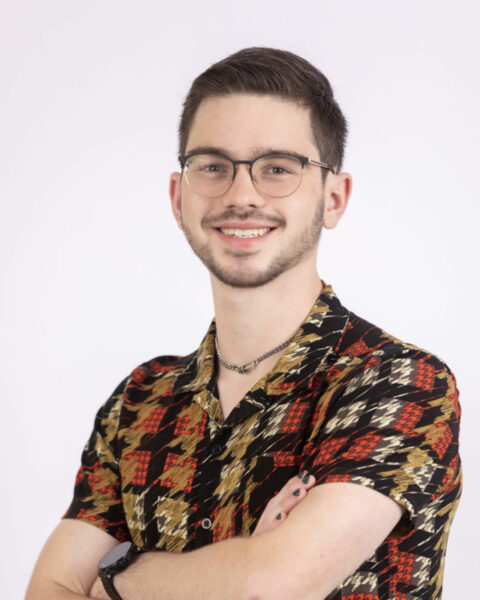 Optimization of a High-Throughput Microfluidic Gut-On-A-Chip
Optimization of a High-Throughput Microfluidic Gut-On-A-Chip
Awardee(s): Stephen Landry COE’25
Mentor: Ryan Koppes, COE, Chemical Engineering
Inflammatory bowel disease (IBD) is a family of debilitating chronic illnesses that affect more than 2 million people in the US. In order to better understand the causes of IBD, simplified in vitro models of the gastrointestinal tract have been developed. This project aims to address the growing need for high-throughput microfluidic chips to simultaneously evaluate the effects of various inflammatory agents on intestinal epithelial cells. Cell health and monolayer function will be determined by performing various qualitative and quantitative assays, and results will be presented at the American Institute of Chemical Engineers national conference.
 Success Probabilities in Field Hockey with Bivariate Binomial Regression in Machine Learning
Success Probabilities in Field Hockey with Bivariate Binomial Regression in Machine Learning
Awardee(s): Jethro Ronald Lee Khoury’25
Mentor: Eric Gerber, Khoury, Data Science
Field hockey is a sport that has been overlooked in academia. Hence, we will spearhead the creation of machine-learning model(s) that better inform decisions on the hockey field. We will investigate the use of bivariate binomial distribution and decision tree models to predict success probabilities related to field hockey outcomes to better evaluate team and player performance. We will assess how players contribute to field hockey matches by investigating events such as face-offs and assists, and evaluating the on-field value of these events concerning a team’s winning chances. Our results will be shared at RISE and other sports analytics conferences.

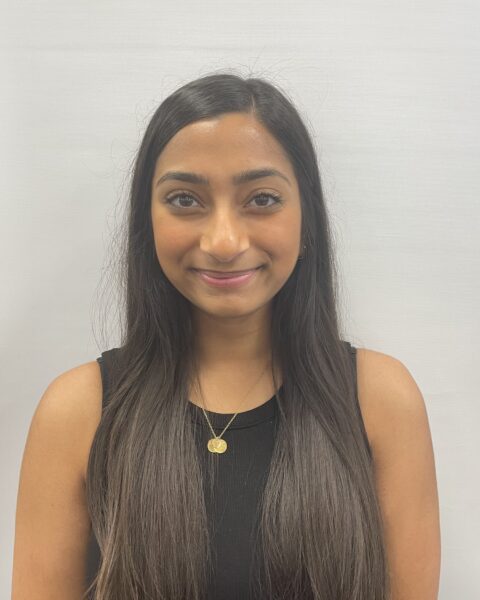 Power Wheelchair Adaptive Team Sport Involvement by Adults with Disabilities: Experiences, and Impact
Power Wheelchair Adaptive Team Sport Involvement by Adults with Disabilities: Experiences, and Impact
Awardee(s): Avery Melam Bouvé’26 & Ariana Bhimani Bouvé’26
Mentor: Lorna Hayward, Bouvé, Physical Therapy/Movement/Rehabiliation Science
This study investigates the health impact of inclusive adaptive sports for power wheelchair users, bridging a gap in both research and adaptive sports. Proposing global guidelines and analyzing heart rate data, it promotes inclusivity and healthy lifestyles for individuals with disabilities. Utilizing a mixed-methods design, including surveys and global qualitative interviews, and collaborating with exercise science experts for heart rate data collection, the study anticipates offering insights, guidelines, and heightened awareness. The goal is to enhance inclusivity in adaptive sports for people who use power wheelchairs, contributing to a healthier and more accessible landscape.
 Effect of Waveform on Corticospinal Response to Controllable Pulse Transcranial Magnetic Stimulation
Effect of Waveform on Corticospinal Response to Controllable Pulse Transcranial Magnetic Stimulation
Awardee(s): Sophia Nguyen COE’27
Mentor: Mathew Yarossi, COE, Electrical and Computer Engineering
Controllable-pulse Transcranial Magnetic Stimulation (cTMS) is a noninvasive brain stimulation technique wherein a localized magnetic field is generated to excite neurons with precise control over the shape of the stimulatory waveform. This study aims to investigate the effects of modulating the cTMS waveform on resting motor threshold (RMT), a common measure of neural excitability. By identifying waveforms that motor neurons preferentially respond to, the project aims to improve the utility of TMS as a research technique in motor neuroscience. The results will be shared at RISE and IEEE EMBC.
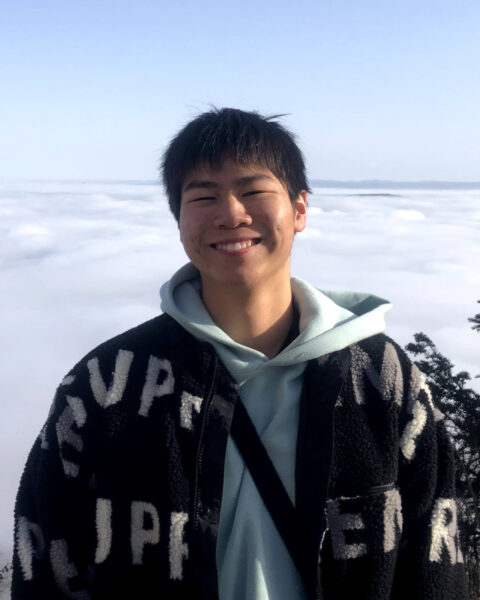 Exploring Host Microbiome Feedback in Response to Peroxide Stress in C Elegans
Exploring Host Microbiome Feedback in Response to Peroxide Stress in C Elegans
Awardee(s): Derick Ou COE’25
Mentor: Erel Levine, COE, Bioengineering
Our research explores the protective role of gut bacteria against oxidative stress, hydrogen peroxide, in C. elegans . We focus on how Jub39, a bacterium, may protect these worms from oxidative damage. This project uses advanced microfluidic and microscopy technology to create a controlled environment for observing worm health and bacterial colonization. Our goal is to understand the protective role of bacteria in managing oxidative stress within the gut. If our research proves successful, it could offer significant insights into host-microbiome interactions and broader implications for managing oxidative stress in organisms. I intend to share our findings at RISE expo.
 Synthesis of Recyclable Thermosets with a Diels-Alder Adduct as a Moiety for Mechanical Activation
Synthesis of Recyclable Thermosets with a Diels-Alder Adduct as a Moiety for Mechanical Activation
Awardee(s): Anika Parekh COS’25
Mentor: Diego Alzate-Sanchez, COS, Chemistry & Chemical Biology
This project aims to tackle the global issue of non-recyclable thermoset plastics, which contribute to 8.05 million tons of waste annually. Unlike traditional methods of burning or shredding, we’re exploring a novel approach using Covalent Adaptable Networks (CANs) that respond to mechanical force instead of heat or catalysts for reshaping. By employing a Diels-Alder adduct within a silicone elastomer matrix, we aim to optimize these networks, making them more easily recyclable. Anticipated outcomes include refining the Diels-Alder adduct-elastomer ratio for an ideal elastomer. Results will be shared via the RISE convention and internal presentations, offering insights into transforming plastic recycling.
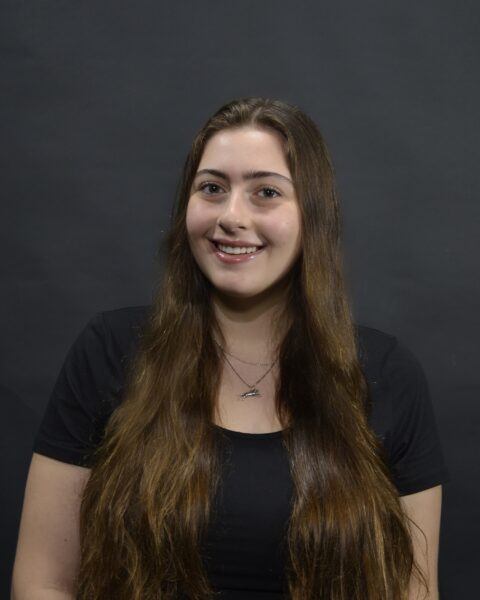 The Effects of Long-Term Exposure to Specific Biotic Environments on Host Physiology
The Effects of Long-Term Exposure to Specific Biotic Environments on Host Physiology
Awardee(s): Isabella Selekman COS’26
Mentor: Erel Levine, COE, Bioengineering
The Effects of Long-Term Exposure to Specific Biotic Environments on Host Physiology; aims to study host-microbe interactions and their effects on animal health and disease prevention. This experiment determines whether C. elegans’ prolonged exposure to different environmental bacteria food conditions over generations will have a correlation with the bacteria’s colonization of the gut, affect the host’s feeding behavior, and impact the host’s ability to survive for longer under pathogenic stress. In association with Northeastern University’s Levine Lab, results are planned to be shared at RISE, the Women’s Research Engagement Network’s Research Conference, and submitted for publishing.
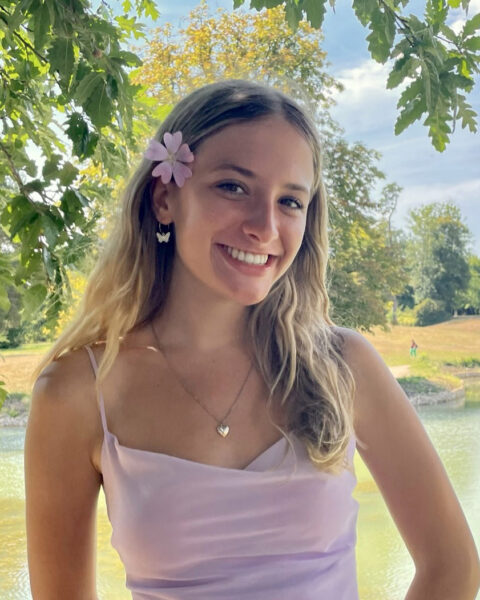 Non-standard Gender Agreement Production vs Gender Agreement Errors in Spanish
Non-standard Gender Agreement Production vs Gender Agreement Errors in Spanish
Awardee(s): Hannah Sims CSSH’24
Mentor: Gorka Basterretxea Santiso, CSSH, World Languages Center
This research will explore gender agreement production in Spanish spoken in the Basque Country in northern Spain by examining audio and orthographic transcriptions. Basque, unlike Spanish, does not produce grammatical gender, and in analyzing this in a region where these languages interact, the influence of sociolinguistic factors can be determined. This work aims to ascertain how significantly one’s sociolinguistic background affects gender agreement production in the Basque Country. These findings will be expanded to reveal how they apply to a variety of regions where multiple languages are in contact. The conclusions of this project will be presented at RISE.
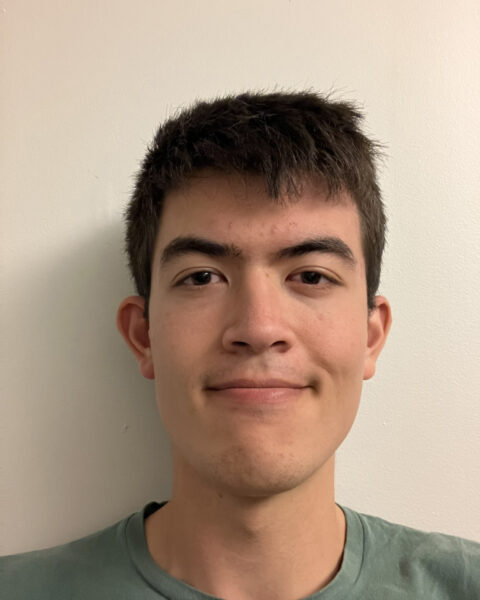 A Comparison of Locomotion Methods in Indoor Environments
A Comparison of Locomotion Methods in Indoor Environments
Awardee(s): Lucas Tang COE’26
Mentor: Thomas Consi, COE, Electrical and Computer Engineering
An investigation into and experimentation with a method of stabilizing bristle bot locomotion by counter acting the negative effects of angular momentum in the yaw axis such as gyroscopic precession. This could allow for more applications of bristle bots. This is beneficial in the world of robotics because bristle bots are cheap and simple to build. I plan to do this by conducting research to compare wheeled locomotion to this modified bristle bot’s locomotion in diverse environments with filamentous particles. If the motion is superior to wheeled locomotion, it would suggest that bristle bots are better suited for indoor environments .
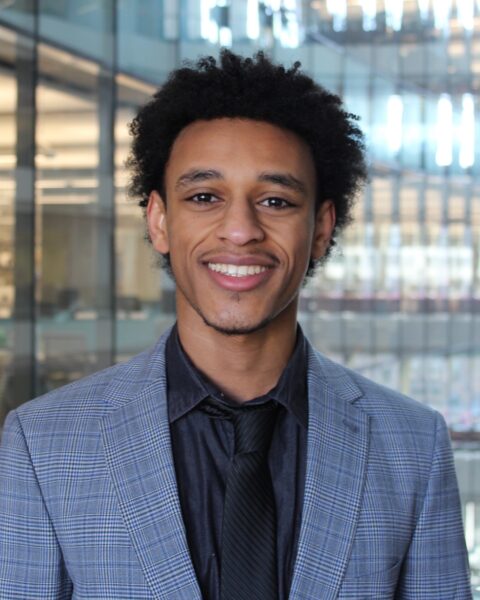 The Role of Biofilm and Extracellular Sugar in the Survival of B. subtilis in the Atacama Desert
The Role of Biofilm and Extracellular Sugar in the Survival of B. subtilis in the Atacama Desert
Awardee(s): Nathan Thewedros COS’25
Mentor: Yunrong Chai, COS, Biology
Biofilm formation is where microorganisms such as bacteria aggregate by sticking onto one another and releasing an extracellular sugar coating. B. subtilis has been studied extensively as a strong candidate for biofilm and sugar release within its respective environments. Simultaneously, the Atacama Desert is largely considered the driest desert in the world, home to various types of microbes resistant to its extreme desiccation and altitude. Isolated B. subtilis strains from this desert are studied in my project as they may contain properties related to its ability to survive within this unique environment.
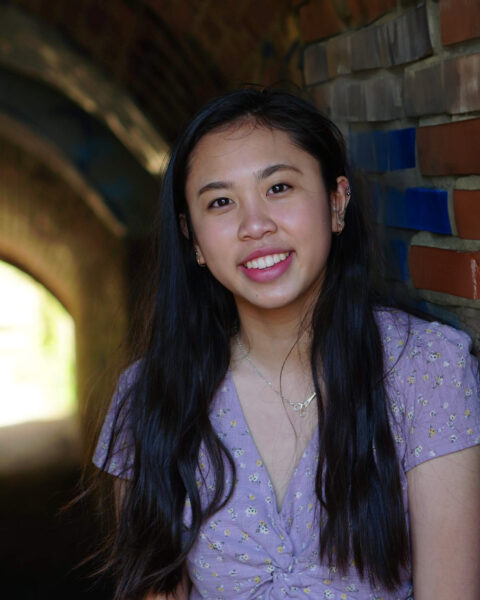 Curli-dCas9 Complex for Liquid Biopsy Diagnostic
Curli-dCas9 Complex for Liquid Biopsy Diagnostic
Awardee(s): Shayla Tran COE’24
Mentor: Neel Joshi, COS, Chemistry & Chemical Biology
Cancer diagnosis is traditionally a strenuous and invasive process; therefore, novel genetic engineering technologies have been explored to provide cancer patients with a higher quality of care. On such example is a liquid biopsy that leverages bodily fluids to detect cancer cells. While existing diagnostic methods exist, they lack specificity, accuracy, and affordability. Creating a platform comprised of curli fibers, which are bacteria-derived polymers, in conjunction with dCas9, a derivative form of a CRISPR/Cas9 protein, may address these limitations in detecting sequence specific DNA. This curli-dCas9 platform may also be generalized for other applications, like wastewater surveillance.
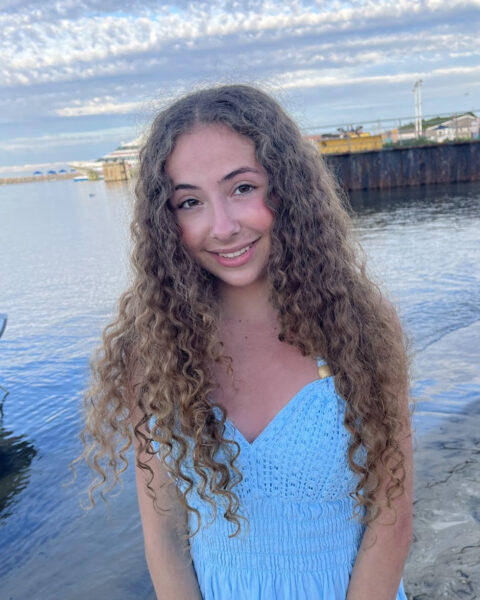 Analyzing Thermographic Properties of Cephalopod Chromatophore Granules With a Pectin Paint Base
Analyzing Thermographic Properties of Cephalopod Chromatophore Granules With a Pectin Paint Base
Awardee(s): Mia Wasilewski COS’25
Mentor: Leila Deravi, COS, Chemistry & Chemical Biology
Cephalopods have the ability to camouflage with their environment partially due to the expansion and contraction of chromatophores in a subdermal layer of their skin that houses pigment granules. A unique property of these pigment-containing granules is their interaction with IR light. They are resistant to heating and appear to modulate their temperature under thermal imaging. A paint base will be used to apply coatings of granules to paper substrates using an airbrush. The paint base will be created using pectin, a biologically friendly polysaccharide. The effects of granule concentration in various thermal conditions will be analyzed using IR imaging.
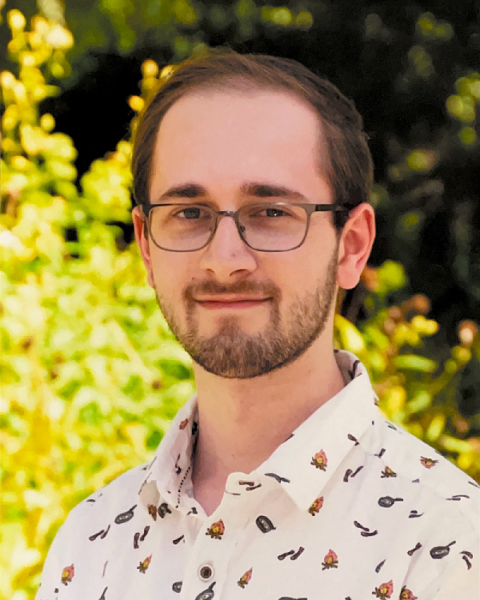 What do Spanish Speakers and Learners Think About Inclusive Gender in Spanish?
What do Spanish Speakers and Learners Think About Inclusive Gender in Spanish?
Awardee(s): Andrew Weston CSSH’25
Mentor: Gorka Basterretxea Santiso, CSSH, World Languages Center
Working with Dr. Basterretxea Santiso, this study will explore the attitudes and production of gender-inclusive language such as – @ , – e , – x , and – o / a in Spanish in the Hispanic-speaking world, starting with the students of diverse levels of Spanish in higher educational institutions in the United States. This study aims to triangulate attitudinal and reported production data that will lead to a better and more comprehensive approach to the current situation with inclusive language use in Spanish. We will also put together a presentation for RISE and an abstract to submit to the 2024 Hispanic Linguistics Conference.
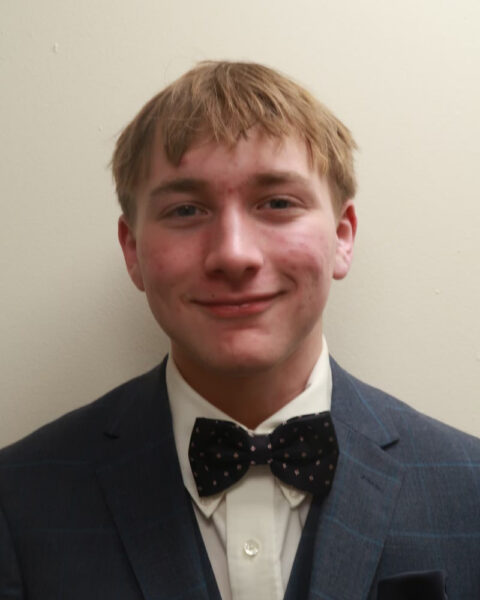 The Impact of Diffuse Ion Electrostatics on tRNA Translocation
The Impact of Diffuse Ion Electrostatics on tRNA Translocation
Awardee(s): Stephen Whitcomb COS’26
Mentor: Paul Whitford, COS, Physics
The ribosome presents an exciting forefront of computational biophysics research. This is due to the fact that the time it takes to physically simulate ribosomal dynamics in many conditions is a reasonable timescale using modern high performance computing (HPC) resources. In this project, we will focus on P/E hybrid formation and the effects that differing ionic concentrations has on the kinetics of this reaction. To do so, we will simulate a ribosome-tRNA-mRNA system and analyze whether ionic concentrations can effectively stop P/E hybrid formation on an appreciable timescale.
 Testing Perturbative Models for Galaxy Intrinsic Alignments
Testing Perturbative Models for Galaxy Intrinsic Alignments
Awardee(s): Carter Williams COS’25
Mentor: Jonathan Blazek, COS, Physics
This project seeks to improve perturbative models for galaxy statistics and cosmology, then compare various models against one another in forecasting environments to determine the impact of multiple contributions to the models and the accuracy and the regimes at which these models are valid. Ensuring the effectiveness of these models is paramount to creating accurate maps of the universe and accurately processing data found by satellites like the Large Synoptic Survey Telescope and other large-scale surveys such as the Sloan Digital Sky Survey (SDSS). The project will be presented at RISE and possibly through an external publication source.
SUMMIT AWARDS
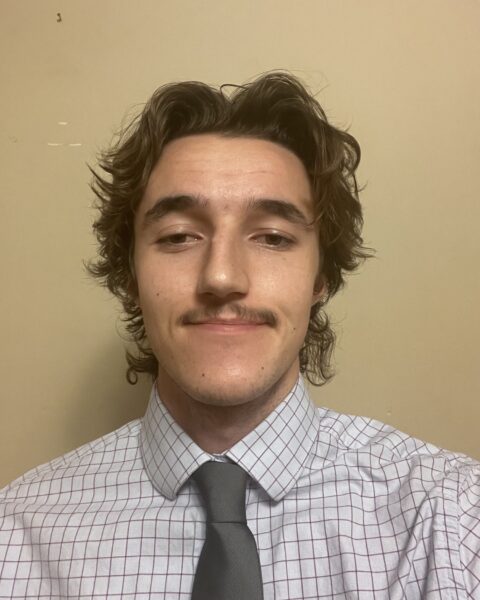 Magnetoacoustic Device for Power-Efficient, Minimally Perturbative, Compact Control of NV Centers
Magnetoacoustic Device for Power-Efficient, Minimally Perturbative, Compact Control of NV Centers
Awardee(s): David Abrahamyan COS’24
Mentor: Nian Sun, COE, Electrical and Computer Engineering
Nitrogen vacancy (NV) centers in diamonds are a promising candidate for quantum computing and sensing. However, utilizing them practically requires power-efficient and low-noise control of their spin-states. My project consists of fabricating an integrated device utilizing acoustic-magnetic structures in a clean room and testing its ability to control NV centers using a vector network analyzer and confocal microscope. Previous studies showed efficiency/noise advantages and feasibility of this control method. My work will potentially demonstrate breakthrough NV center control capabilities and provide further understanding of noise-reduction avenues. Results will be presented at RISE and an academic paper will be written.
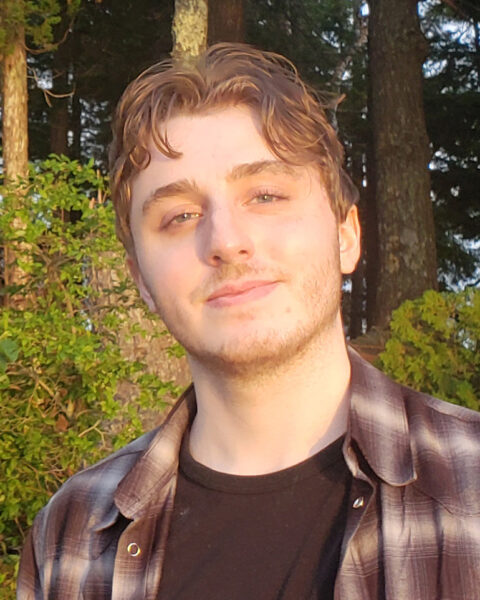 Extending the Parergon: The Permeable Frames of Studio Art Reception, Consumption, and Analysis
Extending the Parergon: The Permeable Frames of Studio Art Reception, Consumption, and Analysis
Awardee(s): Graham Adams CAMD’25
Mentor: Jennifer Gradecki, CAMD, Art and Design
This project aims, via the creation of hybrid art-theory research and theory-art sculptural work, to establish a theoretical groundwork advocating for the adoption of comprehensive framing-based scholarly approaches to the analysis of studio art reception dynamics. Sculpturally articulating and textually bracketing, under the umbrella concept of framing, popular art and media theory approaches to the reception, consumption, and analysis of studio art will enable more rigorous examinations of the relation between simultaneously occurrent, interrelated, and concentric, yet fundamentally permeable modes of framing as identified (and at times established) by academic theories that might elsewise appear disparate or isolated.
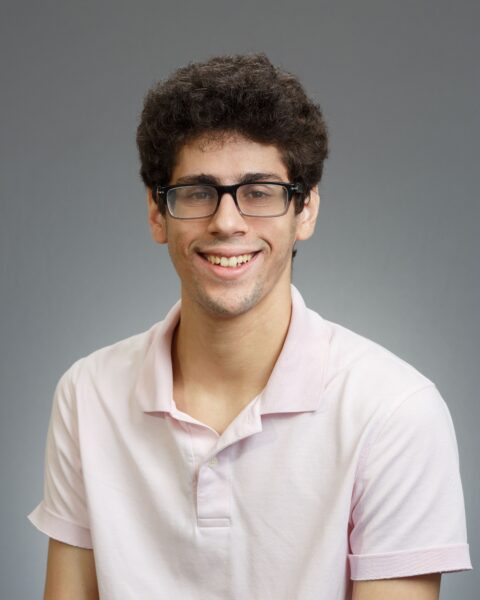 COSMOS Field
COSMOS Field
Awardee(s): Edward Berman COS’25
Mentor: Jacqueline McCleary, COS, Physics
Our current best model for the makeup of the universe is given by the LambdaCDM paradigm. The James Webb Space Telescope (JWST) is providing the highest resolution images of galaxies in the intermediate redshift regimes. We will see these galaxies as they were when the universe was 1/3 its current age. Using JWST images of the COSMOS Field, I will measure the parameters that govern our LambdaCDM model. This affords us the opportunity to confirm or deny the measurements taken by previous sky surveys in a redshift regime where there are very few measurements.
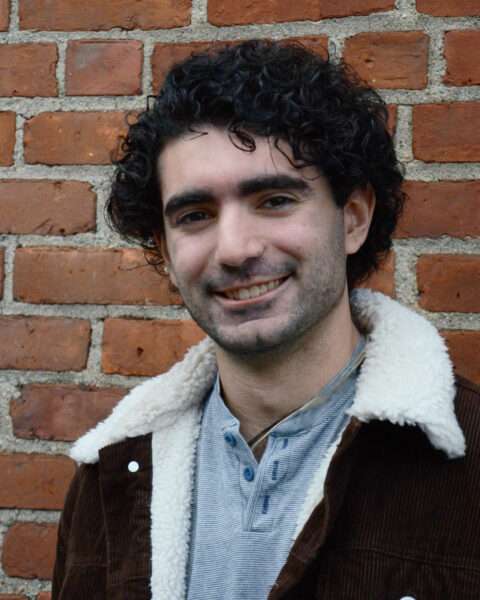 Exploring Hidden Worlds: Investigating a New Future of Code
Exploring Hidden Worlds: Investigating a New Future of Code
Awardee(s): Matthew Blanco Khoury’24
Mentor: Todd Linkner, CAMD, Art and Design
Modern software is an intricate world unto itself. Though new ways of understanding and representing code are required as our lives become more entwined with software. Not just for software engineers, but normal people too. Exploring Hidden Worlds , beginning as an honors in the discipline project at Northeastern, aims to imagine how programming can be different. Through an exploratory visualization people can explore their own code within a 3D space. Visually identifying its design patterns and which parts of a project are referenced more frequently while also playing with the idea of how code can be written.
 Informing Models of Chromatin Structure with Genome Architecture Mapping
Informing Models of Chromatin Structure with Genome Architecture Mapping
Awardee(s): Linden Burack COS’26
Mentor: Michele Di Pierro, COS, Physics
The way our cells fold two meters of DNA into microscopic nuclei is of extreme epigenetic importance, and modern experimental techniques have the potential to transform our understanding. Genome Architecture Mapping (GAM), a new assay for genome structure, provides insight that previous assays could not. Last fall, I developed an in-silico simulation of GAM to probe its inner workings. This spring, I will use the simulation alongside experimental GAM data to assess existing models of the 3D genome and develop a more complete model for chromatin structure informed by GAM.
 Internet Aesthetics and Social Media Project
Internet Aesthetics and Social Media Project
Awardee(s): Natalie Chen CSSH’24
Mentor: Alexandra To, CAMD, Art and Design
My project focuses on race, gender, and body as they are presented by Internet Aesthetics on TikTok. Internet Aesthetics are a form of digital curation on social media may guide users to adapt a certain lifestyle or identity. This project will build upon discourse and research on Internet Aesthetics by applying and intersectional feminist lens to understanding user behavior in the context of human-algorithm interactions. This project combines a semi-structured interview method with social-media-centered tasks for data collection. My ultimate goal is to write and submit a paper to the the Conference on Human Factors in Computing Systems (CHI).
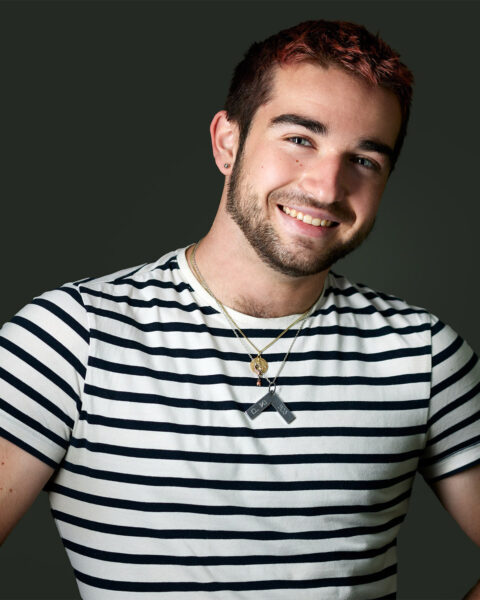 Differences in Metabolic Neuropeptide Receptor Expression between Wild-Type and MAGEL2-Null Mice
Differences in Metabolic Neuropeptide Receptor Expression between Wild-Type and MAGEL2-Null Mice
Awardee(s): Antonin Cornillon COS’24
Mentor: Rebecca Shansky, COS, Psychology
Prader-Willi Syndrome (PWS) is an autism spectrum disorder that is most known for insatiable appetite, and it is studied preclinically in magel2-null mice. Because PWS is an autism disorder that is metabolic in nature, looking at metabolic receptor expression in the medial prefrontal cortex of the brain could provide interesting insights regarding impaired cognitive processes. This project will look at the expression of receptors for three metabolic neuropeptides, MCH, orexin, and oxytocin, within the prefrontal cortex between wild-type and magel2-null mice. This research will be presented at Northeastern’s RISE conference and hopefully that Foundations for Prader-Willi Research in Atlanta, Georgia.
 Exploring a Novel Function of an Anionic Polymer in Biofilm Formation and Development
Exploring a Novel Function of an Anionic Polymer in Biofilm Formation and Development
Awardee(s): Migue Van Louis Darcera COS’25
Mentor: Yunrong Chai, COS, Biology
Cell walls are fundamental structures in many bacterial cells, functioning to give the cell its shape and mediate the stress from the pressure of turgor. In gram-positive bacteria, such as Bacillus subtilis , the cell wall is decorated with cross-linked peptidoglycan, proteins, and anionic polymers. In this project, we hypothesize a potential role of an anionic polymer in the formation and development of biofilms, which are communities of bacteria. We plan to use standard microbiology and molecular biology tools to elucidate this novel function, and this study could broaden new targets for biofilms, which are growing threats in clinical settings.
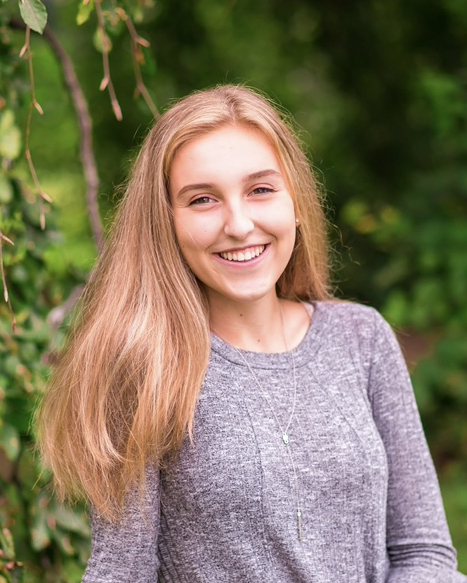 Biochemical Characterization of the Novel Bacterial Centromere-Binding Protein ParZ
Biochemical Characterization of the Novel Bacterial Centromere-Binding Protein ParZ
Awardee(s): Natalie Desilets COS’24
Mentor: Constantin Takacs, COS, Biology
The purpose of this project is to investigate the mechanism of ParZ-mediated chromosome segregation in the Lyme disease spirochete Borrelia burgdorferi . Genetic, biochemical, and imaging techniques will be leveraged to identify the centromere binding site of ParZ, determine how ParZ interacts with its binding site, and evaluate how ParZ controls its cognate ATPase.
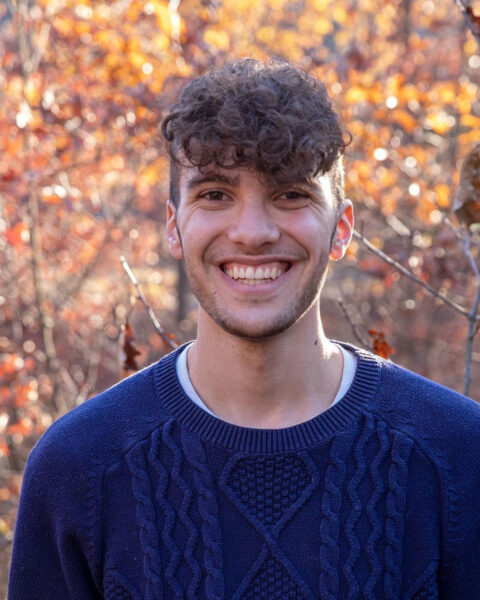 A Comprehensive Acoustic Analysis of the Traditional Chinese Orchestra
A Comprehensive Acoustic Analysis of the Traditional Chinese Orchestra
Awardee(s): Lucas Faria de Sa Tucker COS’24
Mentor: Anthony De Ritis, CAMD, Music
This project seeks to create useful, informative, and visually appealing graphics based upon the physical attributes of several instruments of the traditional Chinese orchestra. These graphics will provide composers with experience with western instruments a guideline in order to engage in intercultural immersion and incorporate new sound into their work. This work is important both in aiding the greater progression of contemporary music, but also for the cultural preservation and exchange it will provide on behalf of these unique and beautiful traditional instruments which rarely see any new compositions outside of China.
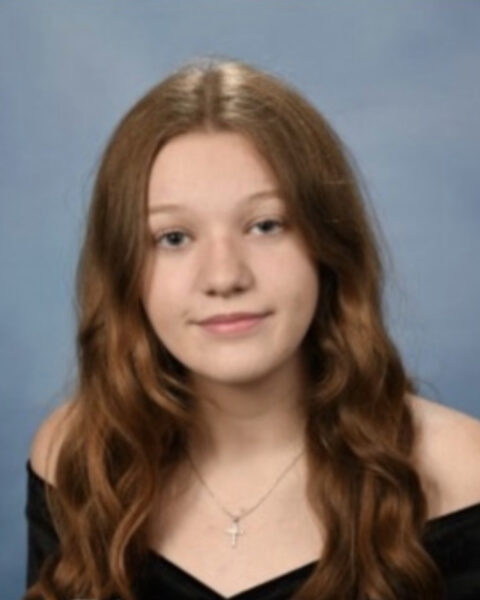 Elucidating the Effects of Cholesterol on the Function of SP-C Using Atomistic Molecular Dynamics
Elucidating the Effects of Cholesterol on the Function of SP-C Using Atomistic Molecular Dynamics
Awardee(s): Amanda Ferrante COE’26
Mentor: Mona Minkara, COE, Bioengineering
The pulmonary surfactant (PS) system is indispensable for the function of the entire body. Within this complex lipoprotein assembly where gas exchange occurs, four primary proteins function in pathogen defense and preventing lung collapse. Of these proteins, Surfactant Protein C (SP-C) plays a pivotal role and recent evidence suggests SP-C has a specific interaction with cholesterol, necessary for oxygen diffusion, although the mechanics of this interaction remain unknown. This study uses atomistic molecular dynamics to understand the biochemical interactions between these molecules necessary for treatment development of various respiratory conditions including COVID-19, acute respiratory distress syndrome, pulmonary hypertension, and COPD.
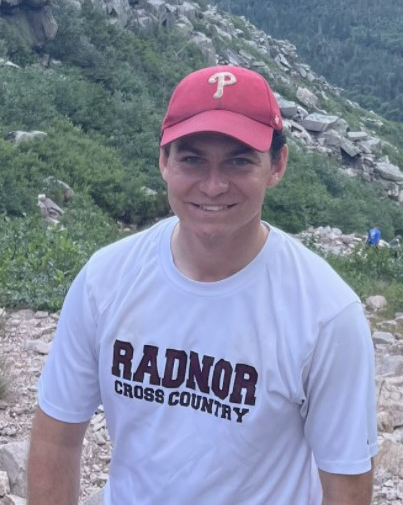 The Healthcare Experience: How Vertical Integration and Rurality Influence Perceived Quality of Care
The Healthcare Experience: How Vertical Integration and Rurality Influence Perceived Quality of Care
Awardee(s): Asa Hartman CSSH’24
Mentor: Brady Post, Bouvé, Health Sciences
Our study has two primary aims. Firstly, we intend to examine how hospital-physician vertical integration- an increasingly common phenomenon whereby large healthcare organizations acquire independently owned practices- influences patients’ perceptions of the quality of care they receive. In addition, we plan to explore the relationship between peoples’ rurality and perceived quality of care. We are optimistic that our findings will not only help to inform healthcare researchers and economists by adding novel contributions to the existing literature but also provide policy makers with insight on what types of legislative agendas should be pursued in order to improve patient welfare.
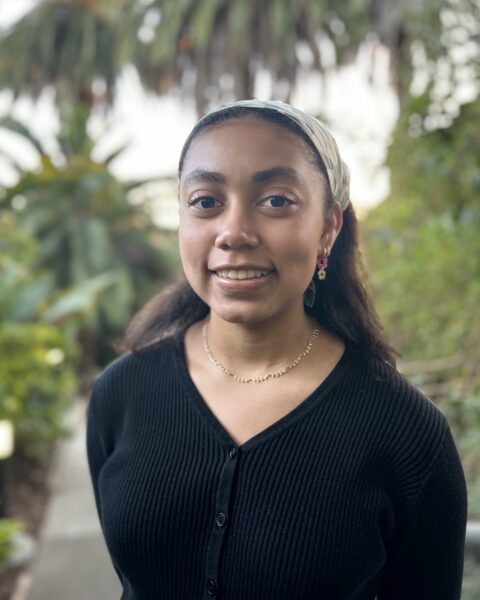 Multi-scalar, Multi-stakeholder Environmental Governance: The Case of PFAS in Maine
Multi-scalar, Multi-stakeholder Environmental Governance: The Case of PFAS in Maine
Awardee(s): Mya Heard Bouvé’24
Mentor: Phil Brown, Bouvé, Health Sciences
This research project will analyze environmental and health governance in response to contamination by per- and polyfluoroalkyl substances (PFAS) in the state of Maine. PFAS are a class of 12,000 human-made fluorinated chemicals that are persistent, ubiquitous, and mobile in the environment, exposure to which is associated with adverse health outcomes. Governance actions that address PFAS contamination are complex, existing between scales of governance (federal, state, and local), types of governance activities (regulation, legislation, and non-regulatory activities), and across multiple stakeholder groups. Therefore, this research will identify factors that contribute to the development of multi-scalar, multi-stakeholder environmental governance in Maine.
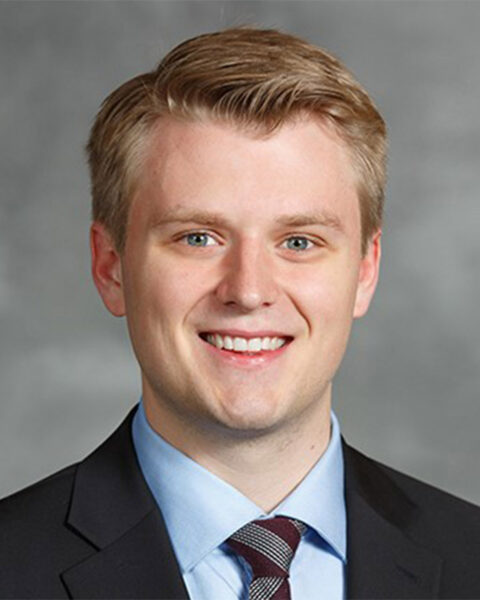

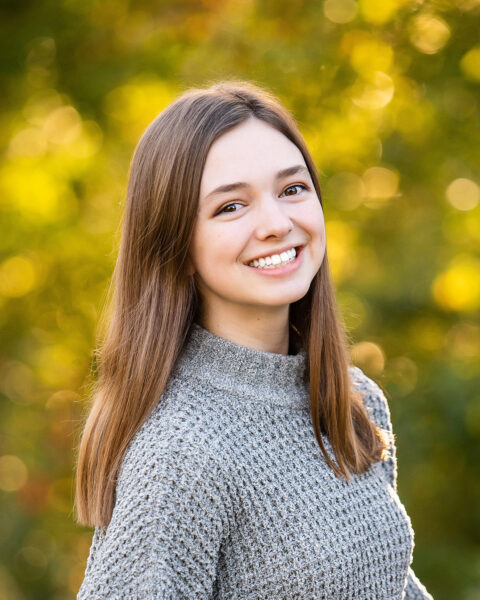
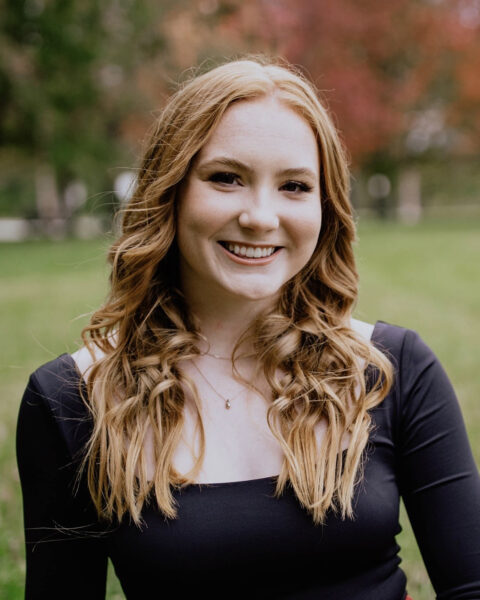 Low-Cost Hospital Bed to Address Chronic Medical Device Shortages in Ghana
Low-Cost Hospital Bed to Address Chronic Medical Device Shortages in Ghana
Awardee(s): Zachary Hoglund COE’24, Samuel Scroggie COE’25, Kathleen Tschoepe COE’25, Taylor Soukup COE’26
Mentor: Joshua Hertz, COE, Mechanical & Industrial Engineering
Ghana faces chronic medical supply shortages at every level of care, and current non-profit efforts to address them often rely on unsustainable and inadequate donations. This project is specifically tailored to the needs of a rural community health center, the Akyem Dwenase Health Center, with its goal being to provide them with hospital beds manufactured from local materials, allowing them to be easily repaired or remanufactured without the importation of parts or labor. Therefore, we can sustainably address this clinic s supply needs, improving healthcare for its community and demonstrating a framework applicable to other shortages across the nation and beyond.
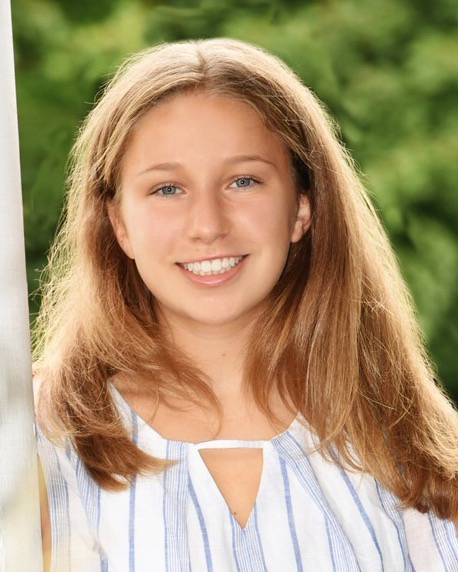 Drug Release Kinetics of Talazoparib in an Immunocompetent BRCA-Deficient Ovarian Cancer Model
Drug Release Kinetics of Talazoparib in an Immunocompetent BRCA-Deficient Ovarian Cancer Model
Awardee(s): Jillian Jurczyszak COS’24
Mentor: Needa Brown, COS, Physics
Although Talazoparib (TLZ) has been shown to be an effective treatment for metastatic ovarian cancer, its use in patients has been hindered by toxicity. Our solution to this problem is the formulation of biodegradable implants loaded with TLZ that promote sustained and localized delivery of the drug, therefore allowing for lower drug doses to be effective. Previous studies have determined pharmacokinetics in immunodeficient models, but this project will specifically explore the drug release of TLZ in a more clinically relevant immunocompetent BRCA-deficient ovarian cancer model. I plan to share my work at RISE and the American Association of Cancer Research.
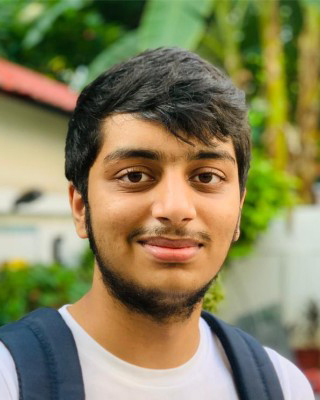
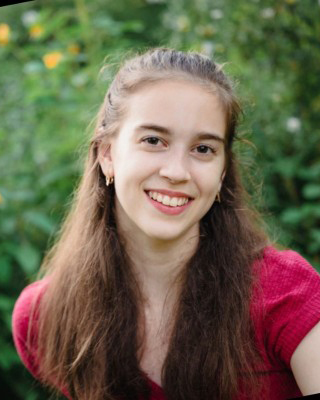
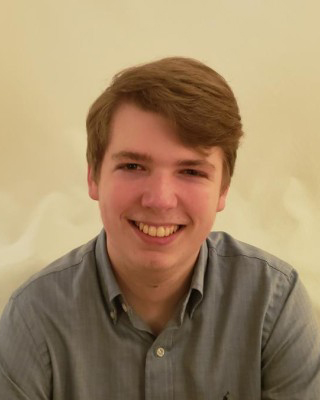 Merrit Coil Cubesat Attitude Test System
Merrit Coil Cubesat Attitude Test System
Awardee(s): Madhav Kapa COS’27, Rachel Rakushkin COE’26, John Kerr Khoury’25
Mentor: Nicol McGruer, COE, Electrical and Computer Engineering
This project aims to enhance a cost-effective and modular Merritt coil, an apparatus used to generate user-defined magnetic fields. Unlike current industry options, our device is programmable, holistic, easily upgradable, and capable of generating a substantial 275,000 cm³ large uniform magnetic field. We’ll develop current drivers, an editable program for field control, and the apparatus. While originally motivated to provide an in-house method for CubeSat magnetorquer (a magnetic field-based satellite orientation device) calibration, this technology was designed to open doors for calibrating any size permitting instruments, device development, and research involving magnetic field manipulation or cancellation.
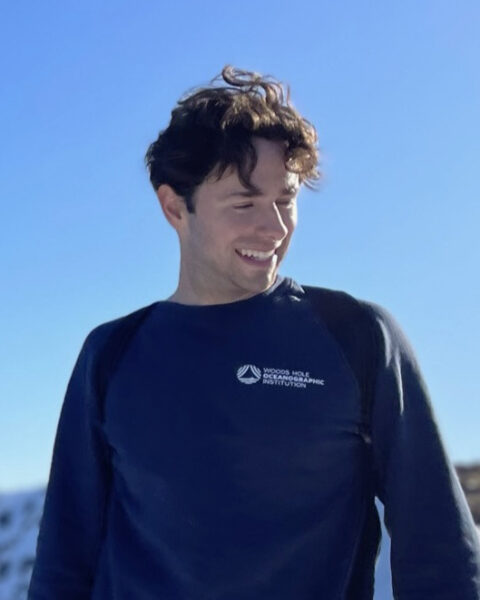 Crawling Origami-Inspired Robots for Underwater Benthic Exploration
Crawling Origami-Inspired Robots for Underwater Benthic Exploration
Awardee(s): Aidan Kenny COE’24
Mentor: Kris Dorsey, COE, Electrical and Computer Engineering
This project aims to develop an origami-inspired crawling robot optimized for underwater exploration. This strategy minimizes environmental impact in fragile marine ecosystems while collecting valuable data. Furthermore, advancing soft and origami robotics on a broader scale is relevant for a variety fo fields from medical technology to human-robot interaction. This project will investigate pneumatic origami actuation underwater, waterproofing strategies, and crawling locomotion mechanisms. The work will be submitted in a journal article to IEEE Journal of Oceanic Engineering and presented at Northeastern’s RISE.
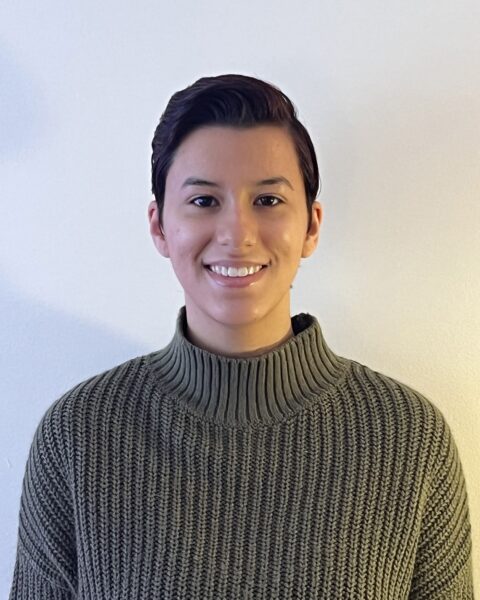
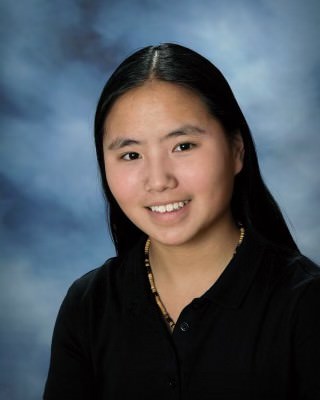 Soft Robotic Grippers for Underwater Applications
Soft Robotic Grippers for Underwater Applications
Awardee(s): Adriana Lanza COE’25 & Elizabeth Collins COE’25
Mentor: Tom Consi, COE, Electrical and Computer Engineering
Drawing inspiration from origami and aquatic life, our goal is to create grippers capable of efficiently collecting samples like coral in challenging ocean environments. They plan to design, prototype, and test three different gripper models using materials like PET, nylon, and silicone, ensuring waterproofing and adaptability both in dry and underwater conditions. Challenges include meticulous waterproofing and precise fluid pressure control, addressed through extensive testing. With access to Northeastern Robotics lab facilities and collaboration with MIT Sea Grant, they aspire to contribute significantly to the field while advancing their careers in robotics and underwater exploration.
 Using Supplementary Medical Infographics for Patient Education
Using Supplementary Medical Infographics for Patient Education
Awardee(s): Chloe Lee COS’24
Mentor: Amy Lu, Bouvé, Health Sciences
This study aims to investigate how utilizing medical infographics during patient visits can facilitate diagnosis education, improve patient comprehension, and help overcome the language barrier. I created four infographics on complex spine disorders, which will be utilized during outpatient visits. Based on previous literature, I expect the infographics to have a positive effect on patient learning and comprehension, as well as the language barrier. If successful, additional infographics should be designed for other complex disorders and conditions. Following the completion of the study, I hope to present my work at the International Association of Medical Science Educators (IAMSC).
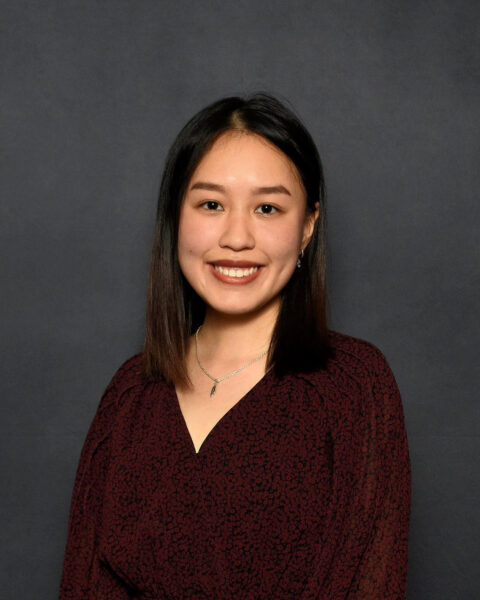 Enhancing Lymphatic Muscle Cell Research with a Novel Lymphatic Muscle Cell Culture Protocol
Enhancing Lymphatic Muscle Cell Research with a Novel Lymphatic Muscle Cell Culture Protocol
Awardee(s): Lingshan Liu Bouvé’24
Mentor: Leigh Plant, Bouvé, Pharmaceutical Science
Lymphedema is a painful chronic disease caused by impaired lymphatic function, leading to fluid accumulation in the body. The lack of FDA-approved curative pharmaceutical agents poses challenges to effective disease management. Previous studies have demonstrated ion channels’ role in enhancing spontaneous contraction of the lymphatic muscle cells (LMCs). To further identify channel expression and its impact on LMCs’ contractile function, a reliable model needs to be developed to consistently maintain viable LMCs in culture. I aim to identify vital factors that promote cell proliferation in culture and design an easy-to-follow LMC culture protocol for future experiments.
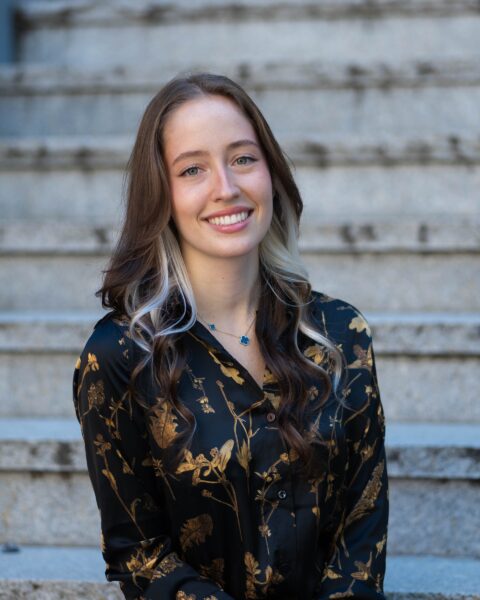 Impact of Predator Range Shifts on Parasite Behavior in the Marine Snail
Impact of Predator Range Shifts on Parasite Behavior in the Marine Snail
Awardee(s): Grace Marnon COS’26
Mentor: David Kimbro, COS, Marine & Environment Sciences
I propose to pair a series of field observations with laboratory experiments to test how the host-parasite dynamic between the snail L. littorea and the trematode C. lingua is influenced by the threat of predatory crabs that consume snails but do not serve as a final host for the parasite. Because this predator-host-parasite dynamic occurs on the rocky shoreline throughout the Gulf of Maine, I will explore its biogeographic variability by examining the influence of predator identity (naturalized non-native green crab C. maenus versus newly invaded Asian shore crab H. sanguineus ) on the transmission dynamics of C. lingua.
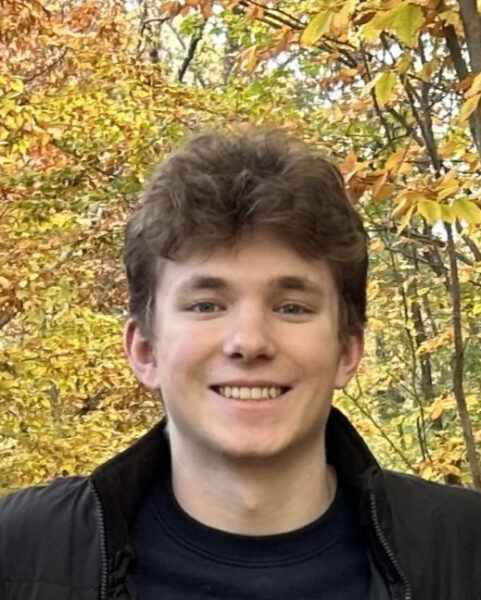 User-controlled Land Drones for Autonomous Mapping and 5G Wireless Testing
User-controlled Land Drones for Autonomous Mapping and 5G Wireless Testing
Awardee(s): Thomas Michel COE’26
Mentor: Stefano Basagni, COE, Electrical and Computer Engineering
Emerging technologies, such as self-driving cars, demand ultra-high network speeds and reliability for safe operation. Testing these technologies can be challenging due to natural variables like interference and fading, as well as vehicle movement during communication. While existing network testbeds, like Northeastern’s Arena, address a wide range of network variables, they lack tools for mobile vehicle testing. My proposed project involves utilizing a Roomba-like robot within the Arena testbed to create an automated tool that enables researchers to effectively test these emerging 5G technologies. In addition to RISE, I aim to present this project at SOURCE and on GitHub.
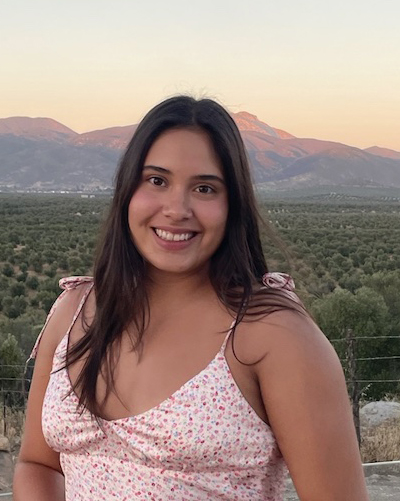 Examining the Effect of Knocking Down CD44 on Blood Brain Barrier Integrity
Examining the Effect of Knocking Down CD44 on Blood Brain Barrier Integrity
Awardee(s): Karina Millican COE’25
Mentor: Eno Ebong, COE, Chemical Engineering
In Alzheimer s disease the role of vascular dysfunction is commonly overlooked as a contributing factor to the progression of this disease. This project investigates the role of CD44, a key core protein of the glycocalyx, involvement in blood brain barrier dysfunction. Utilizing a physiologically relevant in vitro model of the blood brain barrier, the effects of CD44 knockdown on tight junction proteins and blood brain barrier permeability will be analyzed. The results of this project could lead to identifying alternative therapeutic targets for Alzheimer s residing outside of the brain parenchyma, which would offer novel approaches to treatment of this disease.
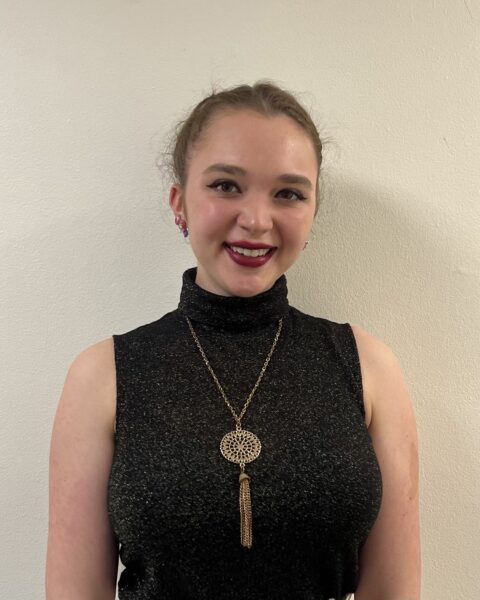
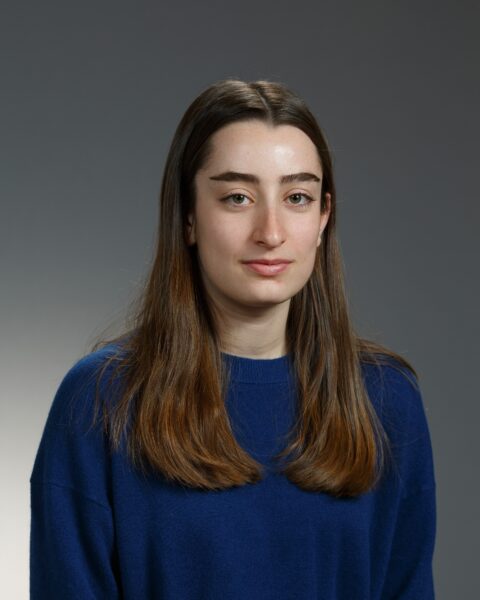 Characterization of Morphological Differences in Locally Adapted Juvenile Oysters
Characterization of Morphological Differences in Locally Adapted Juvenile Oysters
Awardee(s): Nicole Mongillo COS’24 & Kiran Bajaj COS’25
Mentor: Katie Lotterhos, COS, Marine & Environment Sciences
Research has show that eastern oysters display adaptations to location-specific environmental conditions, like temperature and salinity. However, specific adaptation across the entire species range has not been quantified. Our project will therefore compare the morphological traits of juvenile oysters raised in the same environment whose parents were sampled from habitats across the east coast of the US with different temperatures and salinities. The growth data we collect will help form an understanding of physical differences between oysters from varied populations that may be indicative of underlying genetic differences from local adaptation.
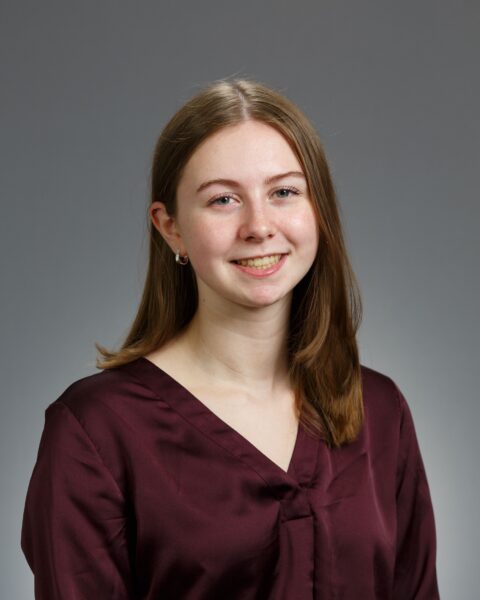
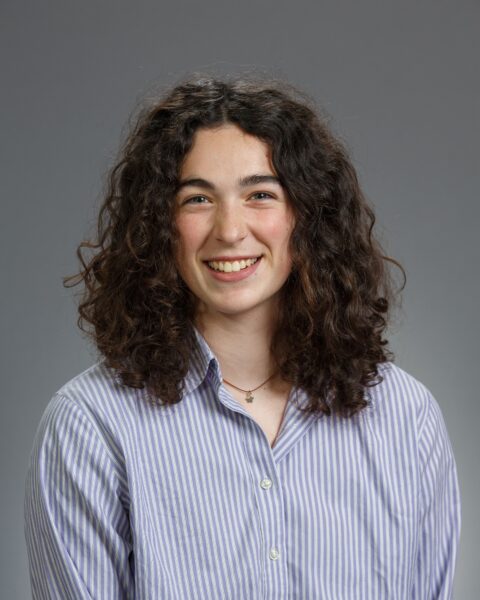 The Link between HIV, Climate Change, and Sexual and Gender Minority Populations: A Scoping Review.
The Link between HIV, Climate Change, and Sexual and Gender Minority Populations: A Scoping Review.
Awardee(s): Katherine O’Brien Bouvé’24 & Julia Papasodoro Bouvé’24
Mentor: John Olawepo, Bouvé, Health Sciences
This project aims to determine any links between HIV, climate change, and sexual and gender minority populations through examining existing literature. Climate change brings an ever-present threat to health equity and research has identified frameworks on how HIV/AIDS will be impacted. However, limited work connects HIV and climate change with a specific focus on sexual and gender minority populations, which were recently identified as a vulnerable group to climate change in the 2023 U.S. Climate Assessment. This project undertakes a scoping review utilizing qualitative and quantitative data analysis with a goal of identifying how these three factors will interact.
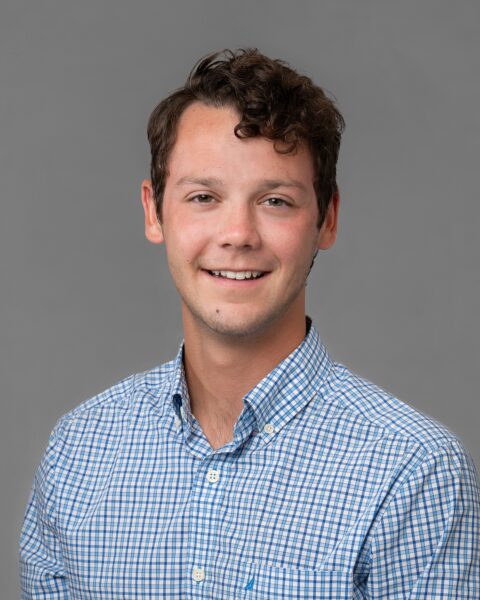 Design, Construction, and Use of a Kevlar® Rheo-Raman Flow Cell Facility and Analysis of Poly(para-p
Design, Construction, and Use of a Kevlar® Rheo-Raman Flow Cell Facility and Analysis of Poly(para-p
Awardee(s): Matthew O’Rourke COE’26
Mentor: Steve Lustig, COE, Chemical Engineering
Under the guidance of Professor Lustig and in partnership with Du Pont de Nemours, Inc, my work examines Kevlar through the intersection of materials chemistry and polymer physics. Prior to being woven into fiber form, Kevlar exists as a liquid crystal polymer, a substance with a molecular structure arranged in a uniform crystal lattice. The Lustig Lab aims to measure the degree of alignment of the polymer’s internal chains. By correlating the structure history of the polymer to the resultant fiber’s mechanical properties, Kevlar will be altered to increase strength and decrease weight, potentially saving thousands more lives each year.
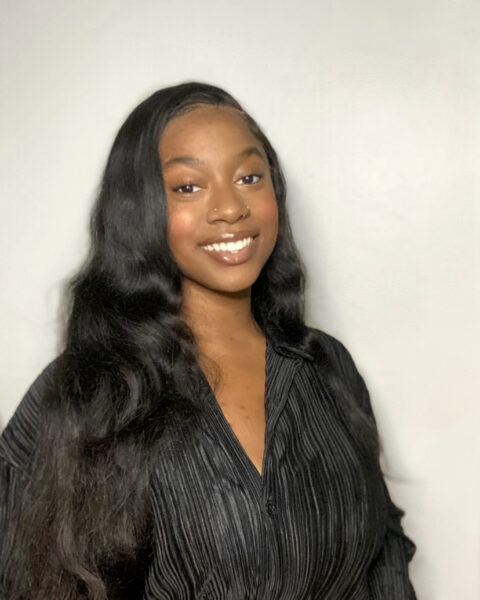 Barriers to Accessing Testing and Care For Visceral Leishmaniasis in Baringo County, Kenya
Barriers to Accessing Testing and Care For Visceral Leishmaniasis in Baringo County, Kenya
Awardee(s): Leah Oruko Bouvé’25
Mentor: Richard Wamai, CSSH, African-American Studies
This study aims to systematically identify healthcare barriers for visceral leishmaniasis in Baringo County. Recognizing these obstacles is crucial for initiating targeted interventions. Utilizing questionnaires and interviews, the research will categorize and analyze responses from various stakeholders and residents. Results will be shared widely, disseminated through policy briefs to Kenya’s Ministry of Health, presented at conferences like Northeastern University’s RISE Expo and ASTMH, and communicated to the The Research on Multi-Disease and Educational Services (TERMES) center in Baringo County . This approach aims to inform and drive interventions, contributing to the enhancement of healthcare strategies for visceral leishmaniasis in the region.
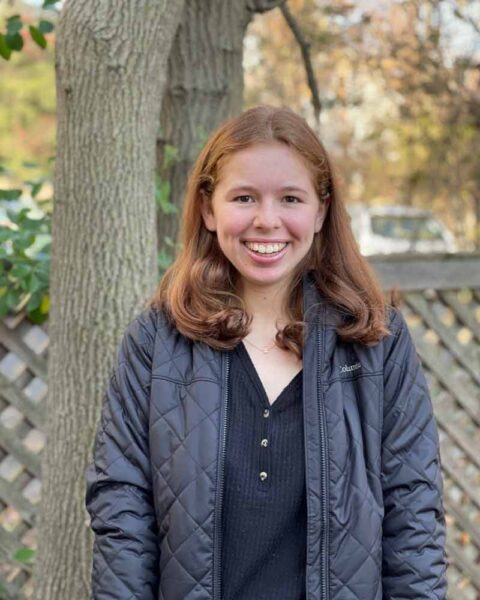 How the Multidrug-Resistant Pathogen Acinetobacter baumannii Counteracts Outer Membrane Damage
How the Multidrug-Resistant Pathogen Acinetobacter baumannii Counteracts Outer Membrane Damage
Awardee(s): Madeline Schanen COS’25
Mentor: Edward Geisinger, COS, Biology
Acinetobacter baumannii is a drug-resistant microbe responsible for infections such as pneumonia and sepsis in ICUs and has been classified as a high priority for new antibiotic development. A. baumannii controls its multi-drug resistance using the global regulator, BfmRS. BfmRS regulates various parts of the cell envelope, including a critical outer membrane, to increase bacterial survival during stress. The exact stress signals that BfmRS responds to are unclear. In this project, I will examine how BfmRS responds to defects in outer membrane protein production, and the role of this response in maintaining the envelope barrier.
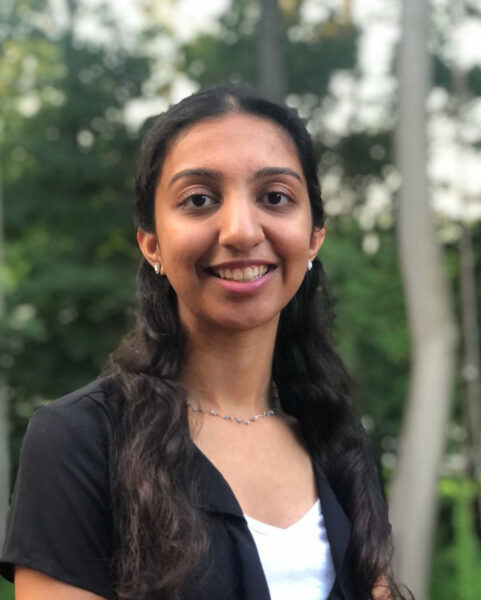 Neuroprotective Effects of Exercise in Tau Pathology
Neuroprotective Effects of Exercise in Tau Pathology
Awardee(s): Sanjana Shastri COS’24
Mentor: Jennifer Ingemi, Bouvé, Health Sciences
Neurological impairment caused by aging or neurodegenerative diseases, such as Alzheimer s disease (AD), is a major, growing health burden. Human studies and animal models show that physical activity can improve cognitive function, specifically in learning and memory by enhancing hippocampal neurogenesis. The Wrann Laboratory uses mouse models to understand the effect of endurance activity regarding secreted factors that mediate cognitive benefits of exercise, which holds great promise for future drug targets. The main aspects of this project will involve mice and tissue handling, imaging, and data analysis with the aim to contribute to analysis of exercises effect on Tau pathology.
 Control of Antibiotic Tolerance by Acinetobacter Baumannii
Control of Antibiotic Tolerance by Acinetobacter Baumannii
Awardee(s): Aishwarya Sood COS’24
Mentor: Edward Geisinger, COS, Biology
The superbug, Acinetobacter baumanni, is considered an urgent threat by the CDC since there are few antibiotics left to effectively treat infection. Antibiotic treatment failure occurs frequently in infected patients. A mechanism implicated in treatment failure is the formation of persisters, which are subpopulations of bacteria able to tolerate lethal concentrations of antibiotics. Understanding this process can uncover better ways to attack A. baumannii. My project investigates how a stress-response system called BfmRS regulates persister formation and contributes to antibiotic failure. I anticipate sharing my results at RISE and the Boston Bacterial Meeting in June.
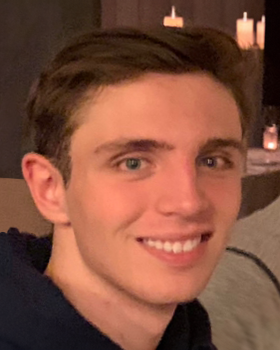 Towards Long-Form Egocentric Video Understanding
Towards Long-Form Egocentric Video Understanding
Awardee(s): Hamza Tahboub Khoury’25
Mentor: Huaizu Jiang, Khoury, Computer Science
Traditionally, research in video event understanding focuses on short videos comprising a set number of known events. This task is an important start, but it is not realistic. Our goal is to extend research regarding long-form video understanding- where there may be several, overlapping events- to egocentric video. Though egocentric (first-person) video has become a crucial medium with the advent of technologies such as self-driving vehicles and augmented/mixed reality, it remains highly unexplored. We aim to develop attention-based methods for egocentric video understanding through weakly-supervised temporal and spatial grounding of events identified in videos from large-scale egocentric datasets such as Ego4D.
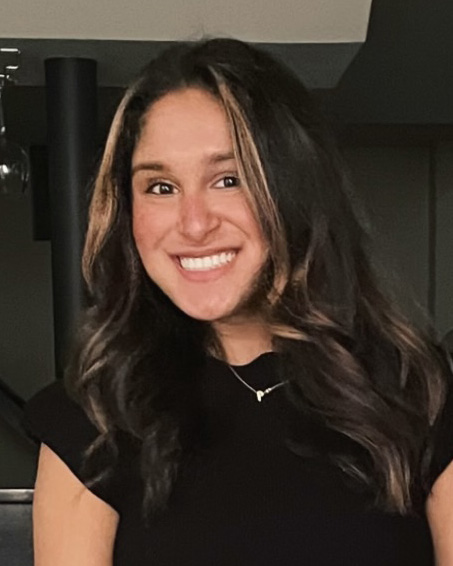 Investigating the Signaling and Metabolism of Melatonin after Early Life Adversity
Investigating the Signaling and Metabolism of Melatonin after Early Life Adversity
Awardee(s): Prachi Thakur COS’25
Mentor: Heather Brenhouse, COS, Psychology
Excess exposure to melatonin can delay pubertal maturation in humans and animals, while early-life adversity can accelerate maturation. This projects goal is to further explore the role of melatonin on pubertal timing in rats that experience early life adversity. In the Brenhouse Lab, I will be studying melatonin signaling and metabolism to determine what causes the interactions between early life experiences and pubertal timing.
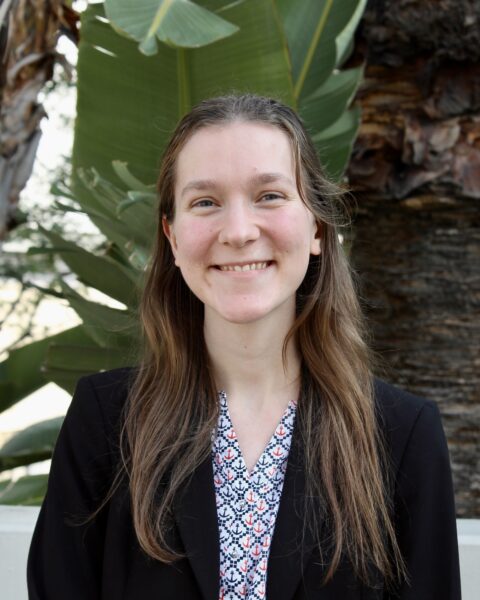 Characterization of STING Agonist Implants for Combination Treatment of BRCA-Mutated Cancers
Characterization of STING Agonist Implants for Combination Treatment of BRCA-Mutated Cancers
Awardee(s): Julia Treese COE’24
Mentor: Needa Brown, COS, Physics
Women with a BRCA1 or BRCA2 gene mutation have a 50% chance of developing breast cancer and 30% chance of developing ovarian cancer before turning 70. STING agonists, a class of immune modulators, are a promising cancer therapeutic. This project aims to test the efficacy of STING agonist sustained release implants in combination with PARP inhibitors for treatment of BRCA-mutated cancers. These implants will help overcome STING agonist drug delivery barriers and enhance the immune response to PARP inhibitors. I will present the results of this research at the RISE Expo and the AIChE Northeast Regional Conference.
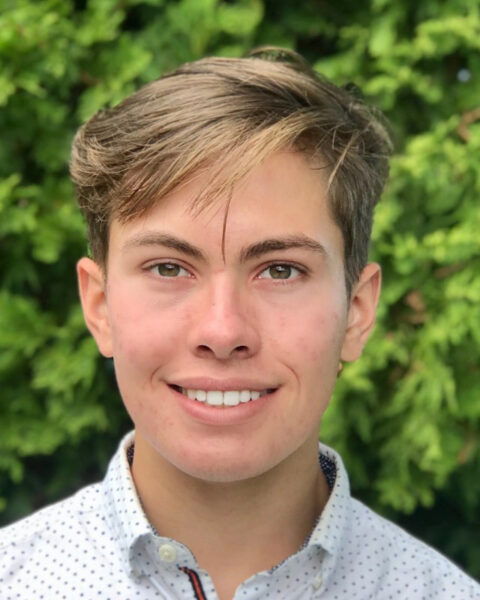 Innate Immune System Response to Acute Cig/E-Cig Exposure
Innate Immune System Response to Acute Cig/E-Cig Exposure
Awardee(s): Oliver Trejo COE’25
Mentor: Chiara Bellini, COE, Bioengineering
The widespread use of cigarettes and electronic cigarettes is a major threat to global public health. These products have simultaneously immunosuppressive, proinflammatory, and autoimmune effects in humans, potentially leading to severe illness or death. This project will quantify the time-based changes to innate immune cell populations and their activity levels due to acute cig/e-cig exposure through flow cytometry, immunohistochemistry, and other cell-based assays. The impairment of natural killer cells, macrophages, and dendritic cells is expected, along with the over-promotion of cytotoxic T and B cells, which will all be shared externally as part of an encompassing publication.
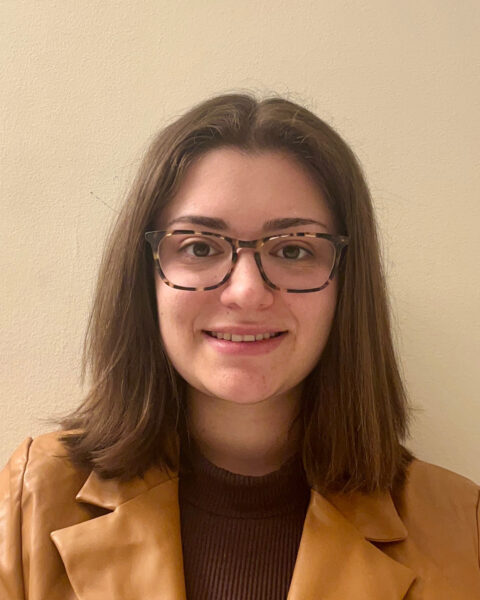 Highlighting The Role Of The Parabrachial Nucleus In Pain-related Behaviors
Highlighting The Role Of The Parabrachial Nucleus In Pain-related Behaviors
Awardee(s): Samantha Tuberman COS’24
Mentor: Rebecca Shansky, COS, Psychology
This project focuses on quantifying activation of the lateral parabrachial nucleus (LPBN) during fear conditioning of male and female rats with varying shock intensities. The LPBN in the ascending pain system relays nociceptive input and is required for aversive learning and escape behaviors. Activation of the LPBN is quantified by immunohistochemistry staining of a protein marker for neuronal activation. It is expected that rats experiencing greater degrees of pain via high shock intensity will have more activation of the LPBN. Results from this study will be shared at RISE, Stress Neurobiology Workshop, and in a publication through the Shansky lab.
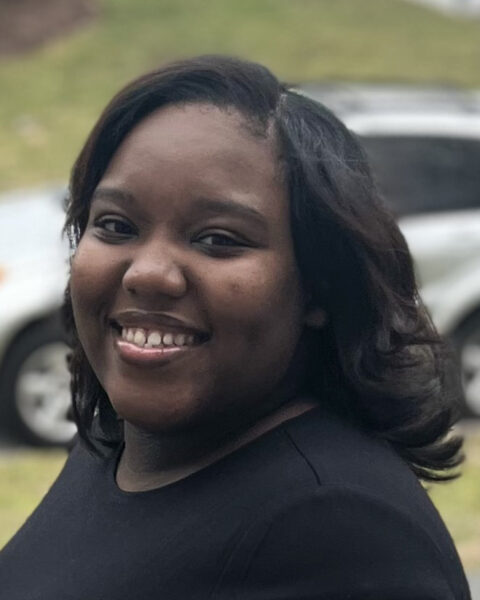 Efficacy of Prevention Education on Visceral Leishmaniasis in Reducing Disease Occurrence
Efficacy of Prevention Education on Visceral Leishmaniasis in Reducing Disease Occurrence
Awardee(s): Saraina Ulysse Bouvé’25
Mentor: Richard Wamai, CSSH, Cultures; Societies; and Global Studies
The purpose of this project is to understand the role and effectiveness of education in terms of disease prevention and promoting health behavioral changes. My research will investigate is the effectiveness of prevention education on visceral leishmaniasis in reducing its occurrence. This research will include both quantitative and qualitative designs: surveys, one-on-one interviews, health record reviews, etc. I plan to publish my research findings in hopes that these findings can be used to improve current education programs and to create new and more effective programs, as there is a lack of research on prevention of VL.
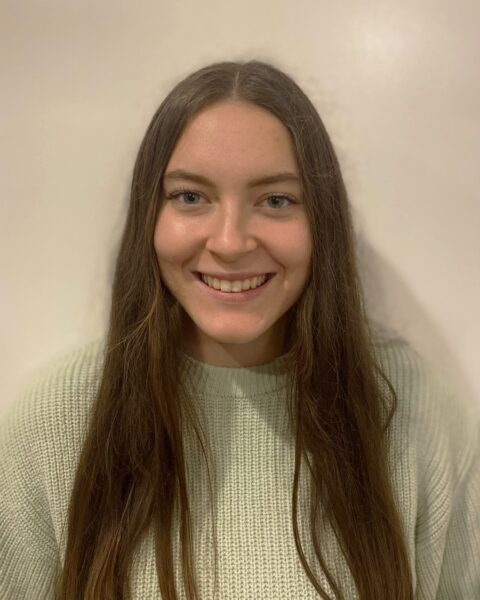 Dehydration of Isopropanol via Potential Controlled Electrode Acidity
Dehydration of Isopropanol via Potential Controlled Electrode Acidity
Awardee(s): Tansey Vordonis COS’25
Mentor: Eugene Smotkin, COS, Chemistry & Chemical Biology
The purpose of this project produce propylene with a high yield and selectivity over other products using an electrochemical reactor where the pH at the cathode is controlled by the cell potential. The hydrogen spillover affect will be utilized to perform non-faradaic electrochemical modification of acid-catalyzed isopropanol dehydration. The results of this study will be evaluated and confirmed by polarization curves and GC/MS. I plan to share my findings both at RISE and, if accepted, at PRiME, an Electrochemical Society conference.
 Elucidating Lon Protease Biological Function in Acinetobacter Baumannii
Elucidating Lon Protease Biological Function in Acinetobacter Baumannii
Awardee(s): Janan Wang COS’25
Mentor: Veronica Godoy-Carter, COS, Biology
Acinetobacter baumannii is a opportunistic pathogen that causes hospital-acquired infections. It is problematic, having many mechanisms to become antibiotic resistant. We are interested in the Lon Protease which is crucial in biofilm formation, one way A. baumannii resist antibiotics. Previous work showed that mutant strains lacking the Lon Protease had an upregulation of two membrane associated proteins SurA1 and SurA2(A1S_2230). We plan investigate the role these two proteins play in biofilm formation and to better understand the role the Lon protease plays in A. baumannii. We want to present our results at RISE 2024 and Boston Bacterial Meeting 2024.
 Unlocking the Gender Bias through the Presence of Linguistic Features
Unlocking the Gender Bias through the Presence of Linguistic Features
Awardee(s): Stephanie Yee COS’24
Mentor: Heather Littlefield, COS, Linguistics
The proposed project aims to understand traditional gender biases from a linguistic perspective, as language is a tool through which power relations are established, maintained, and challenged. The systemic inequalities women historically faced are slowly being addressed, but they still face discrimination. Women’s and Men’s language have distinguishing characteristics including interruptions, hedging, tag questions, etc. This study will aim to understand preferences in different social environments and demonstrate the nuance of attitude from these characteristics alone without any gendered information. Results will reveal if gender biases can stem from linguistic features alone, with great implications in fields such as AI.
Support Our Students as They Lead, Innovate and Create. Donate Today.
